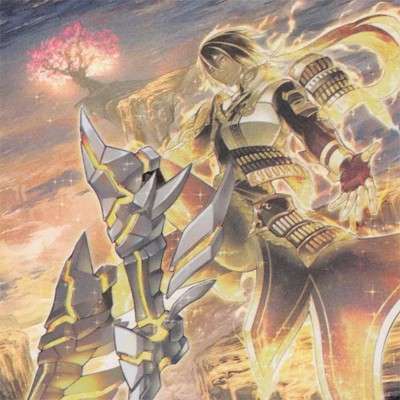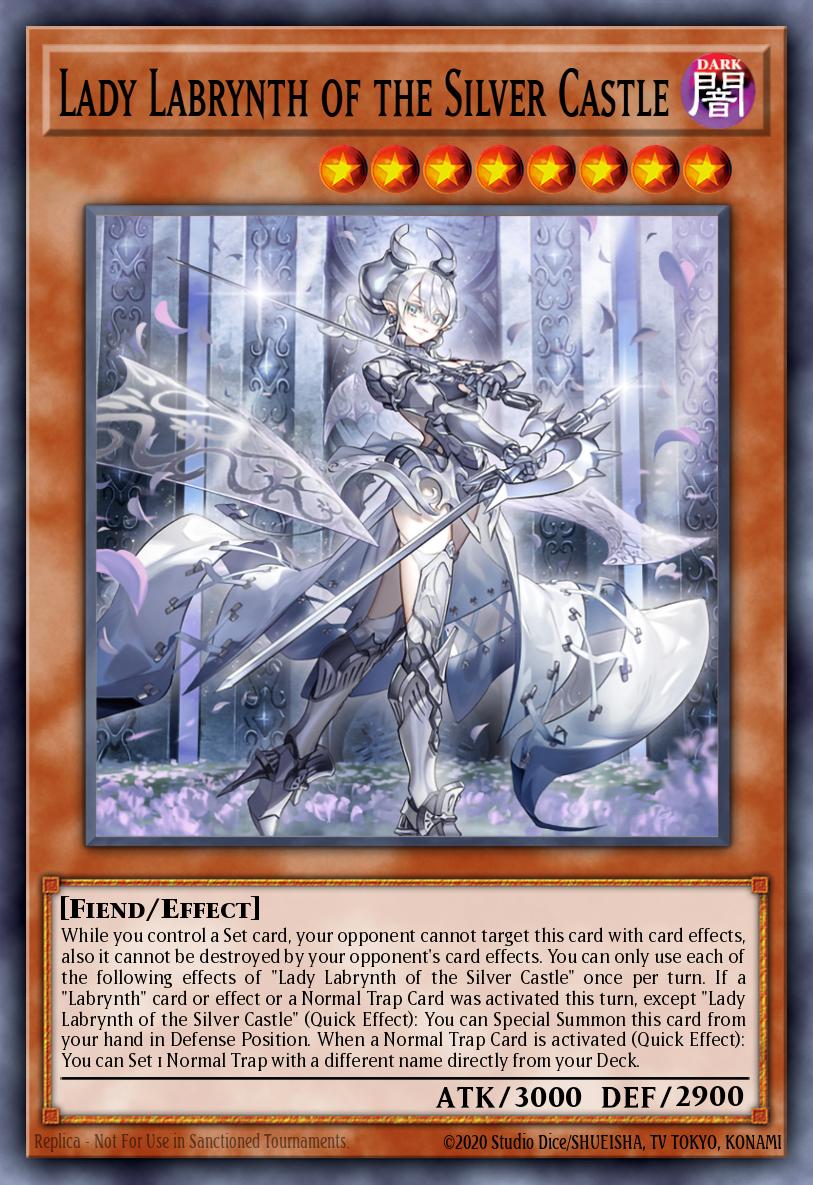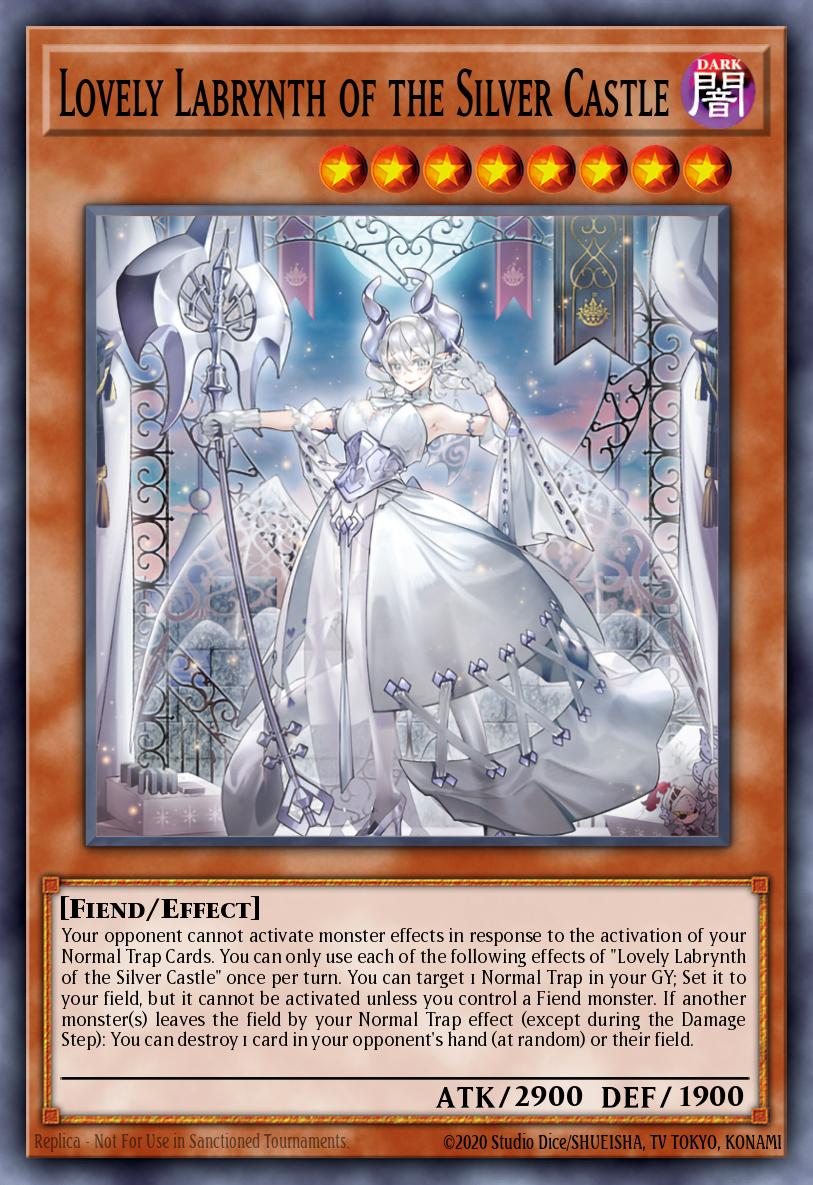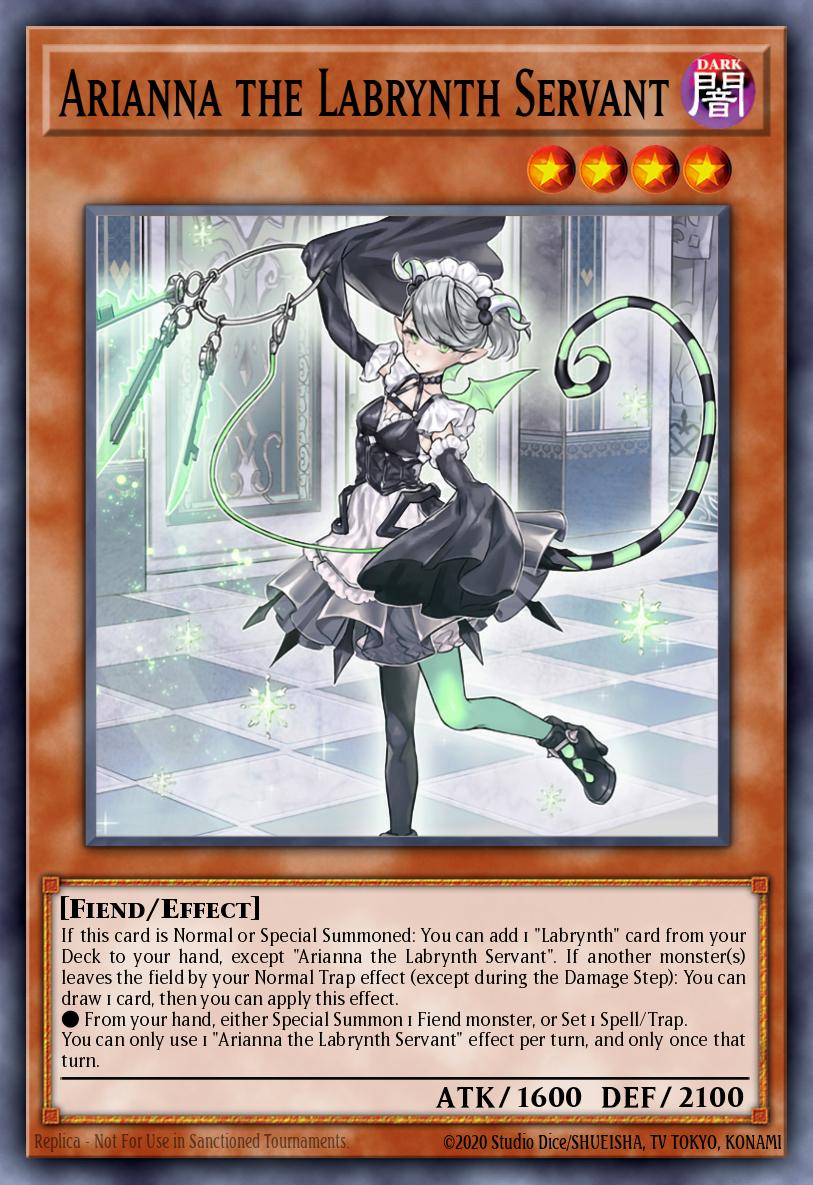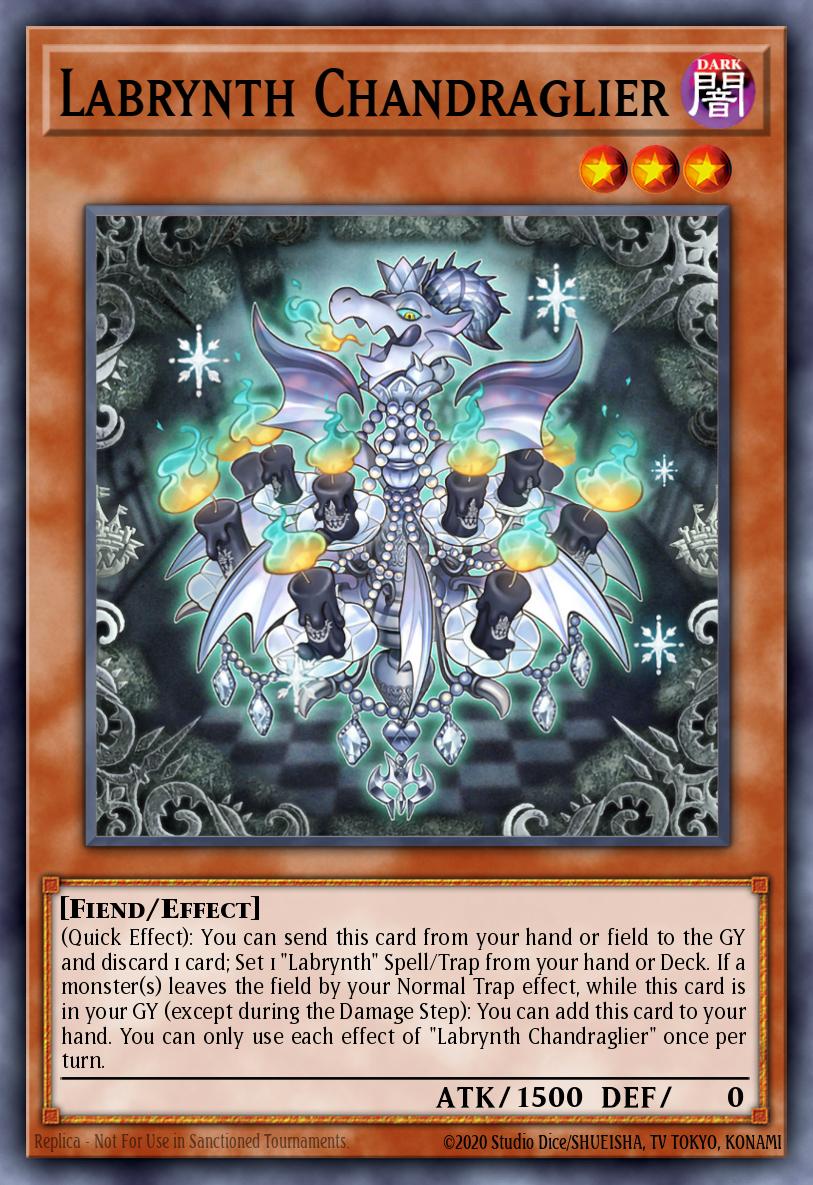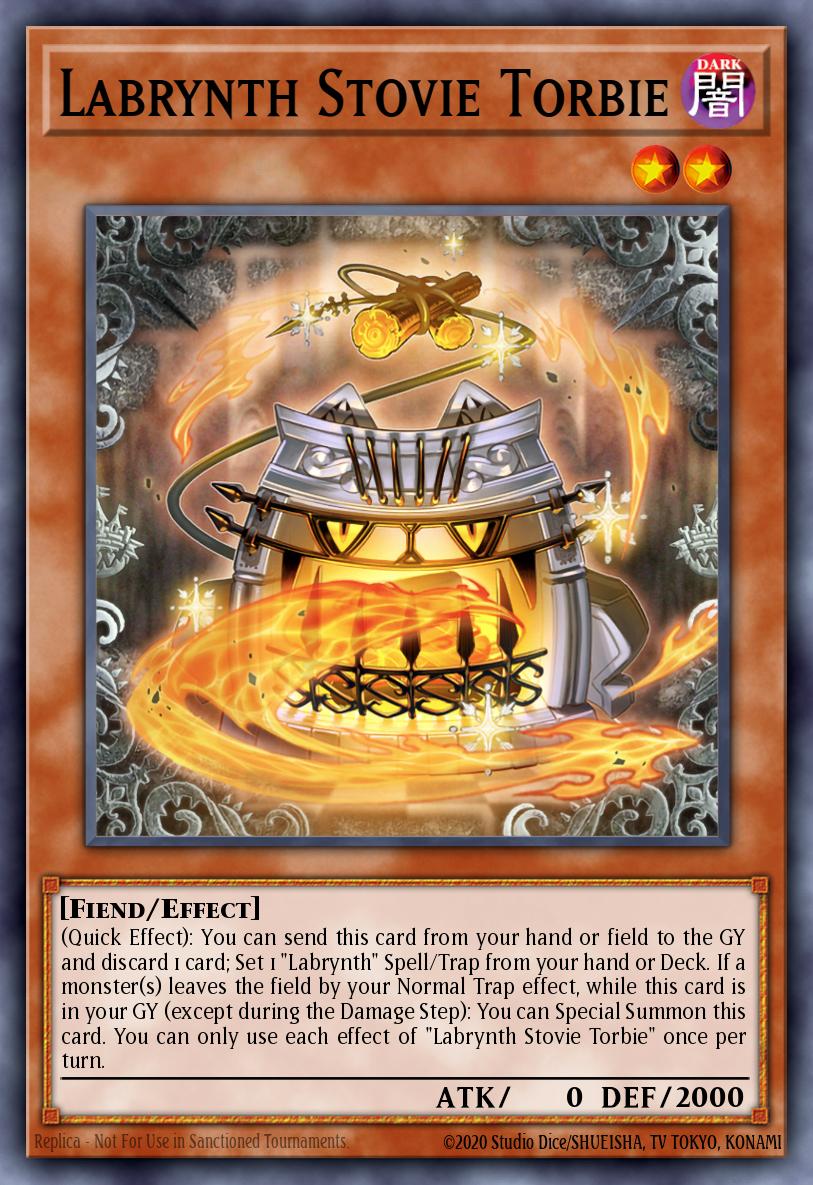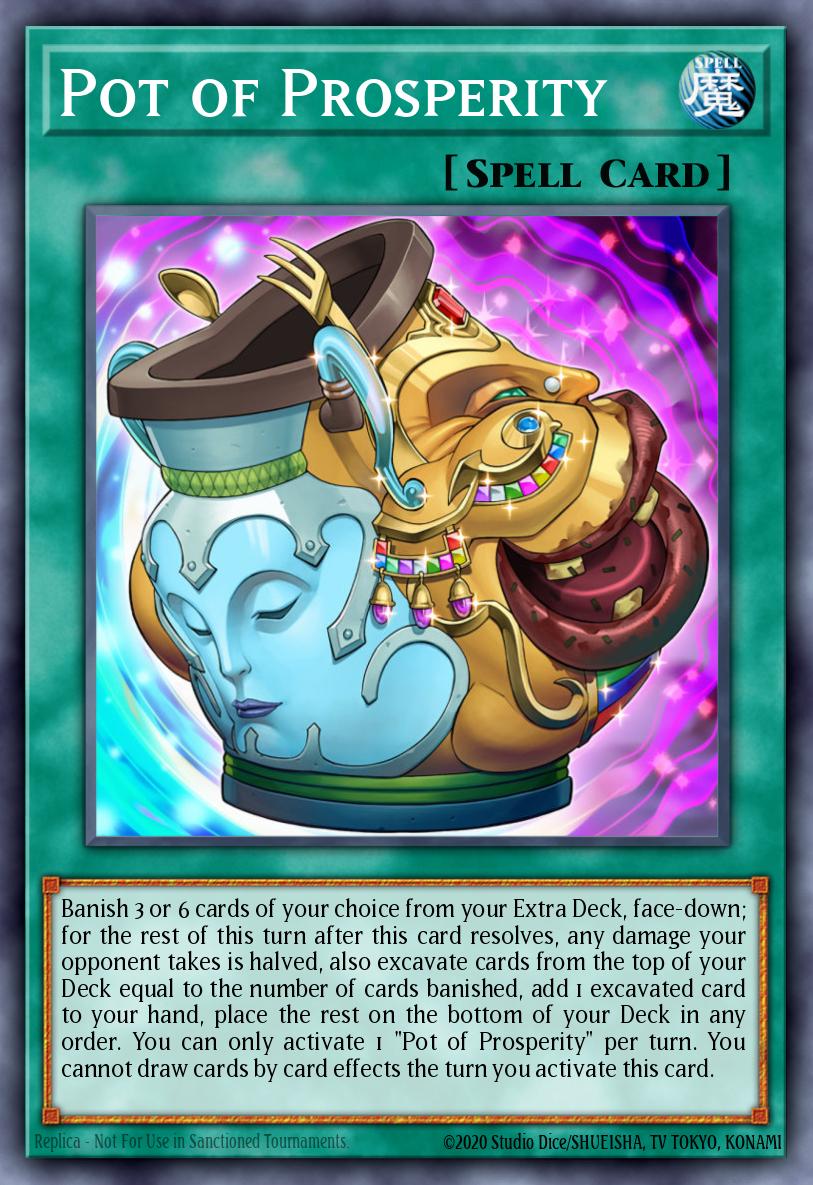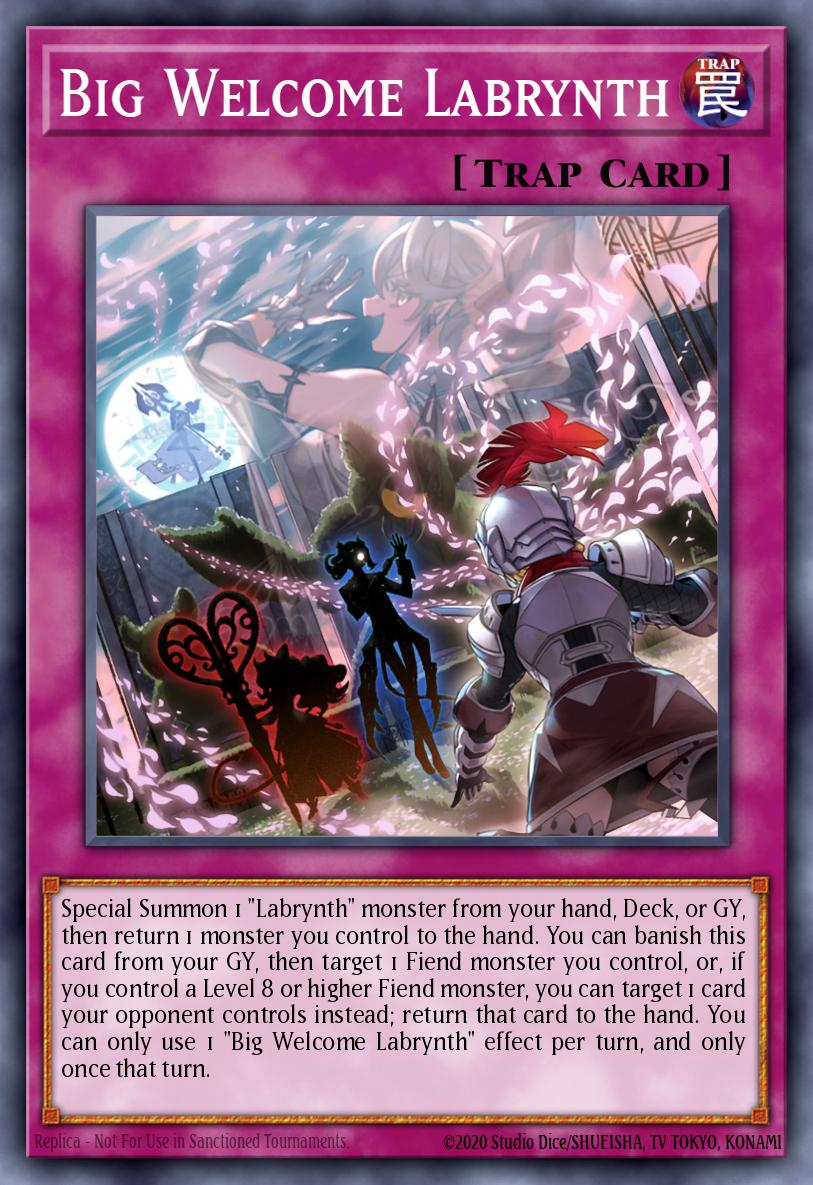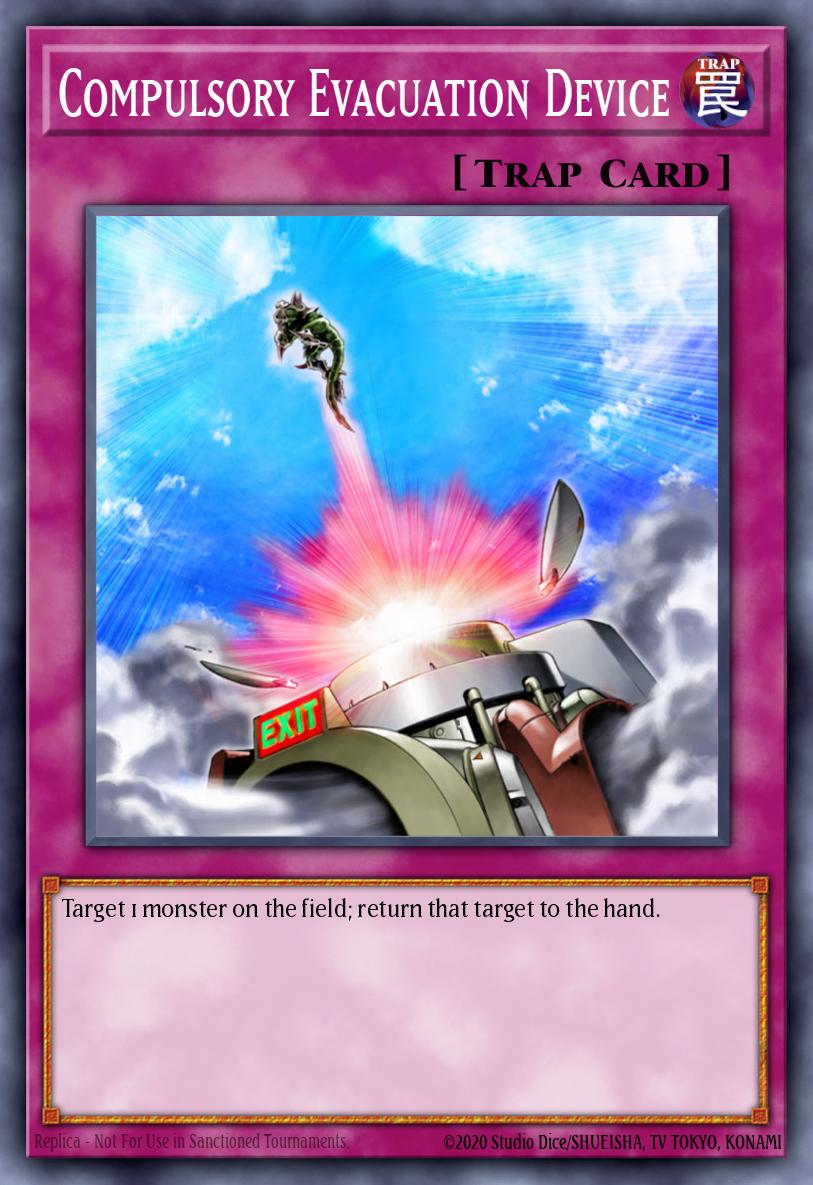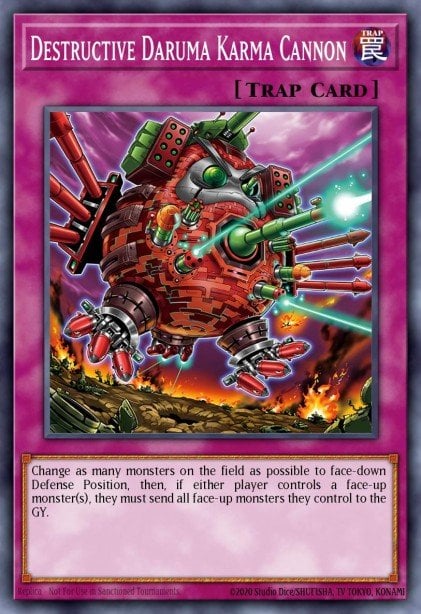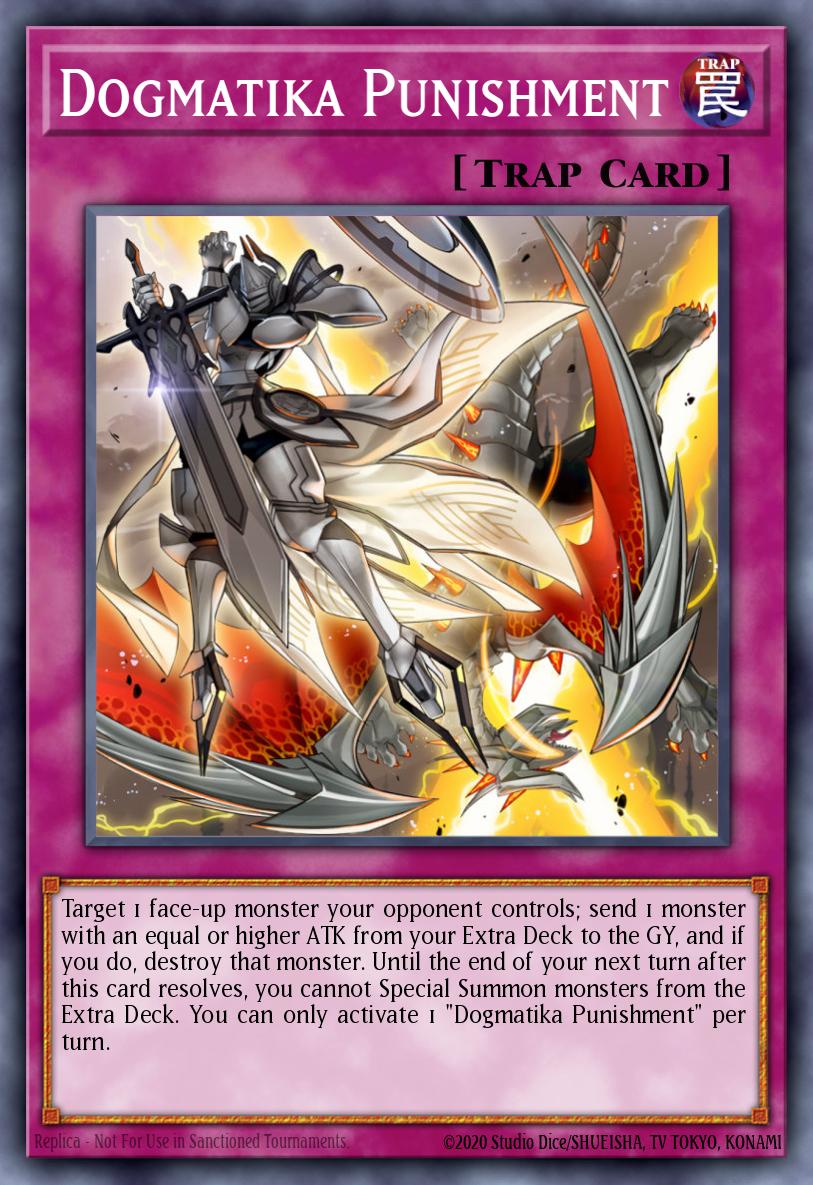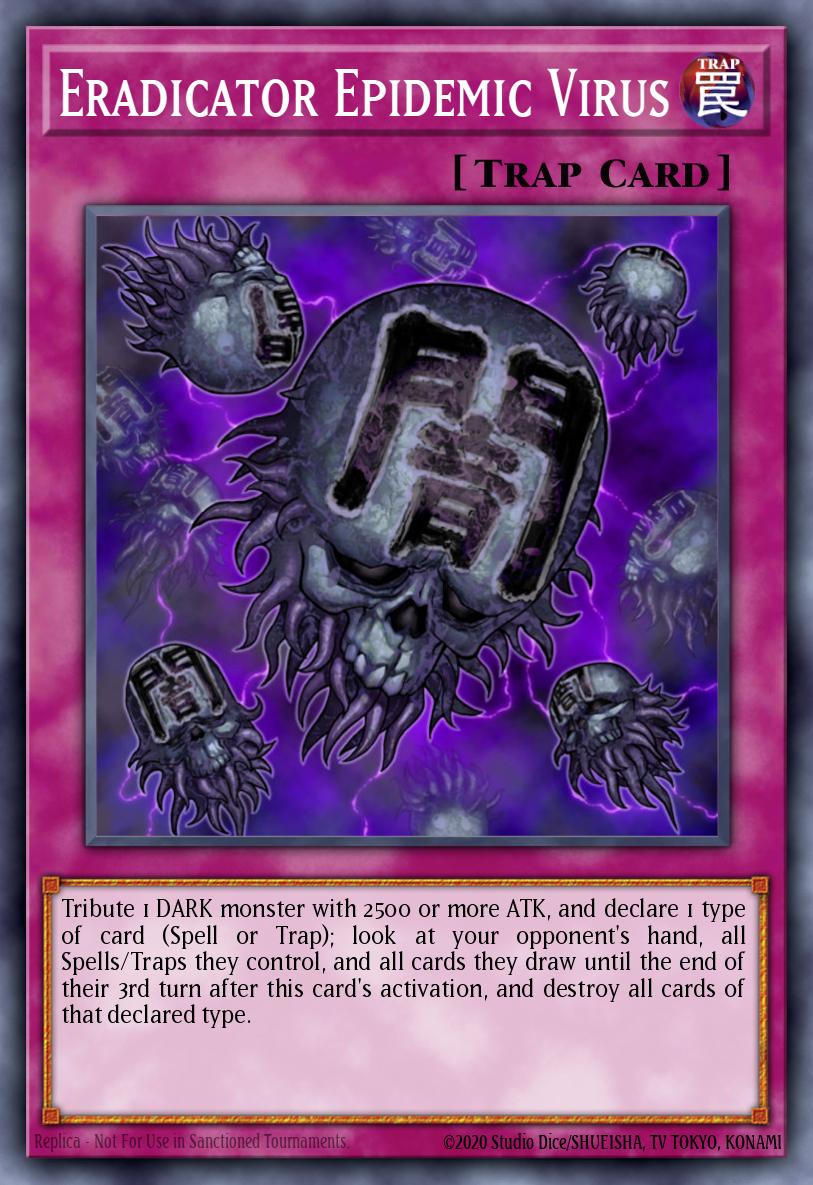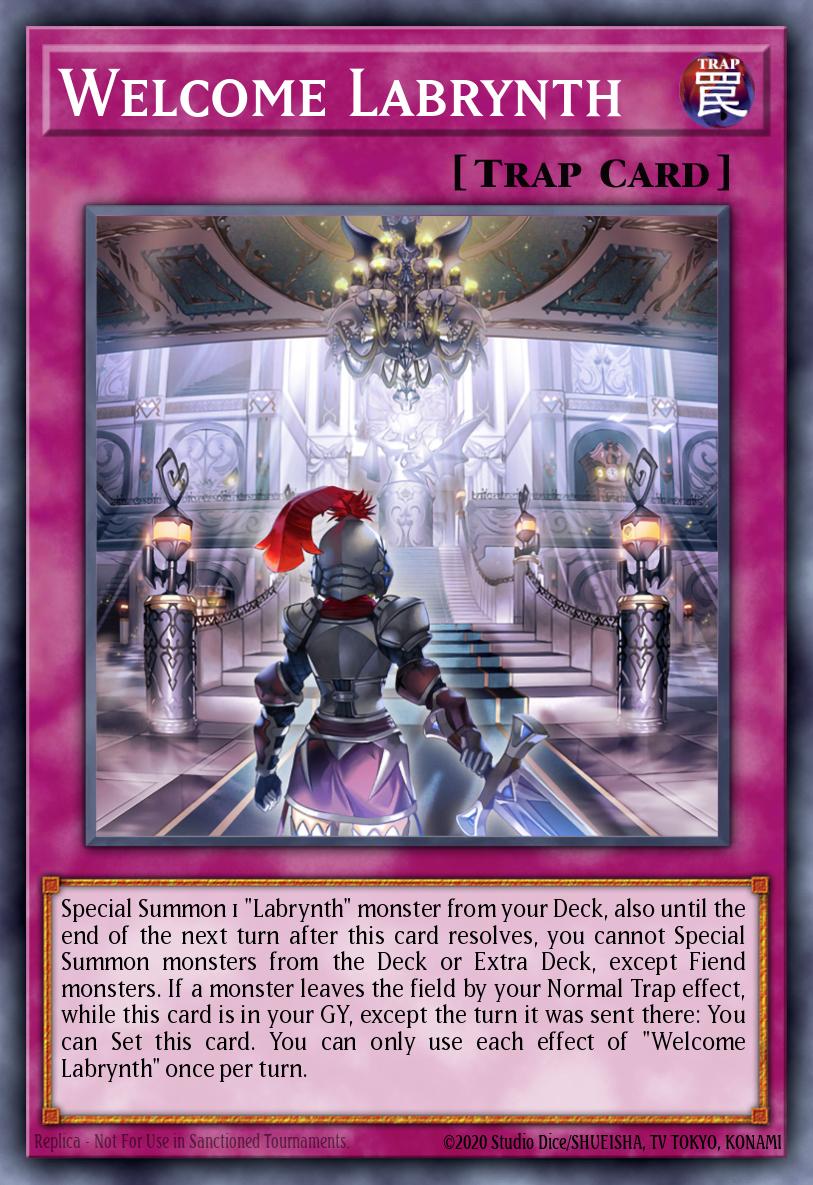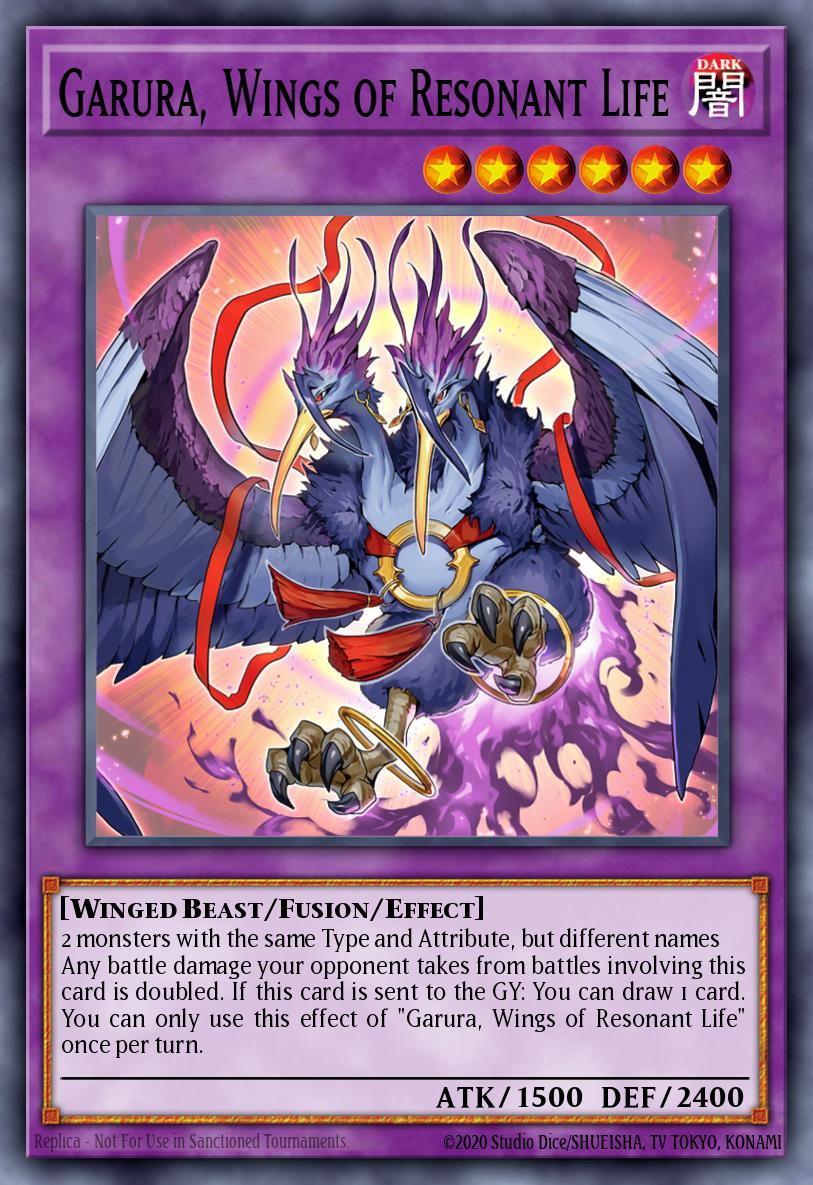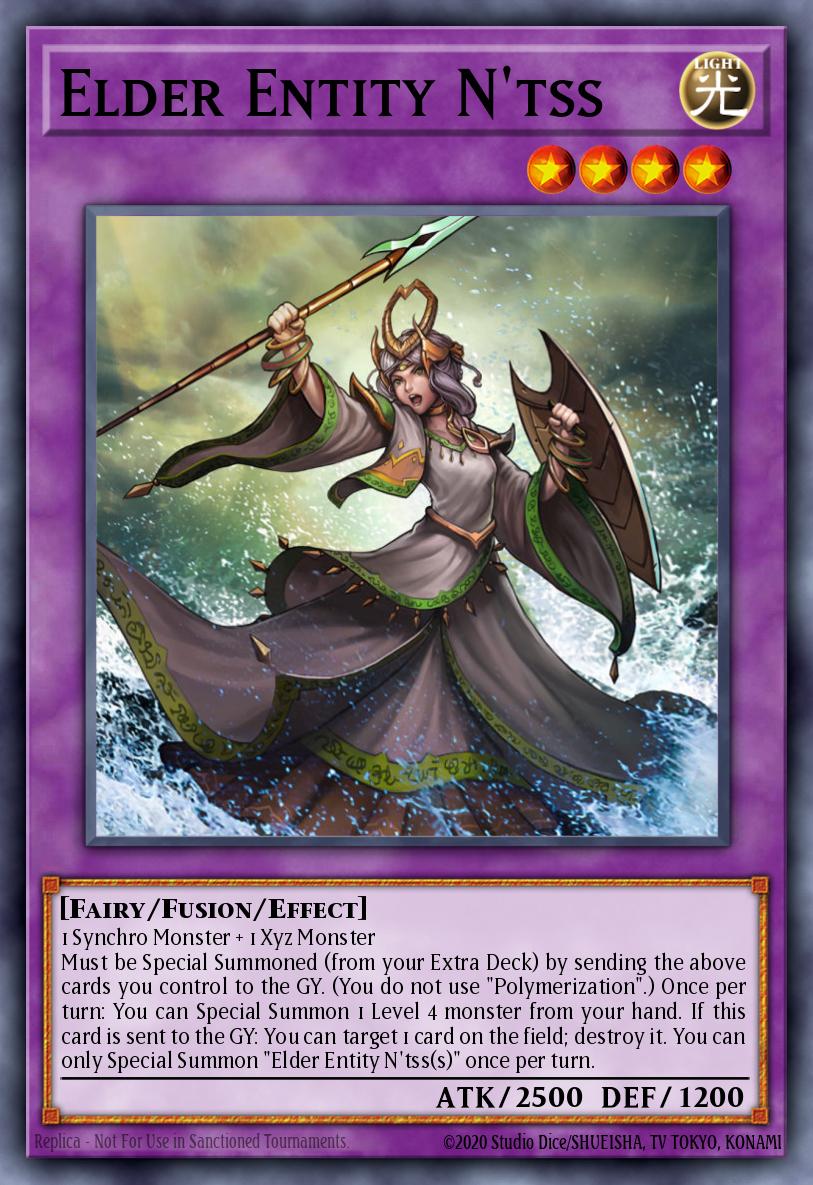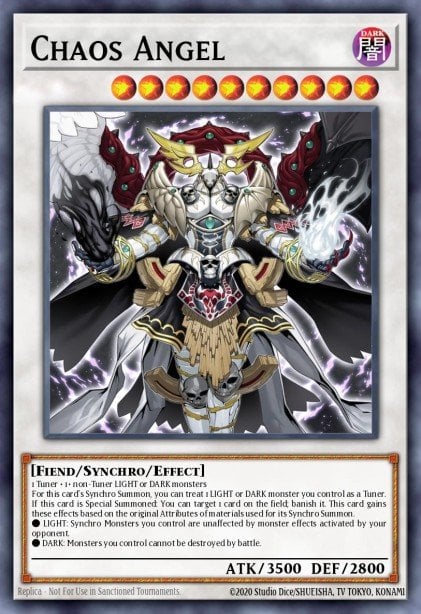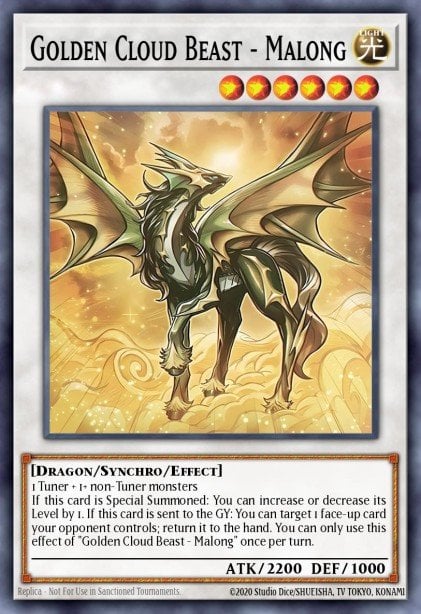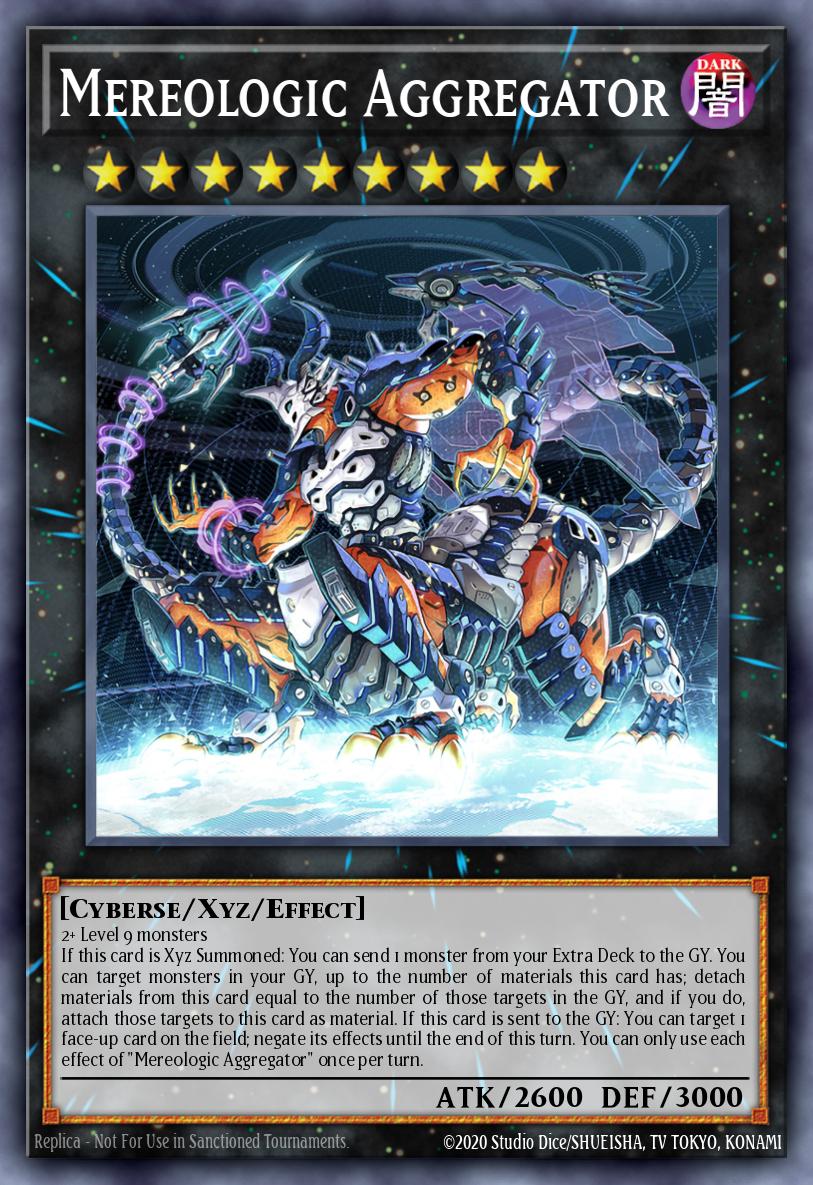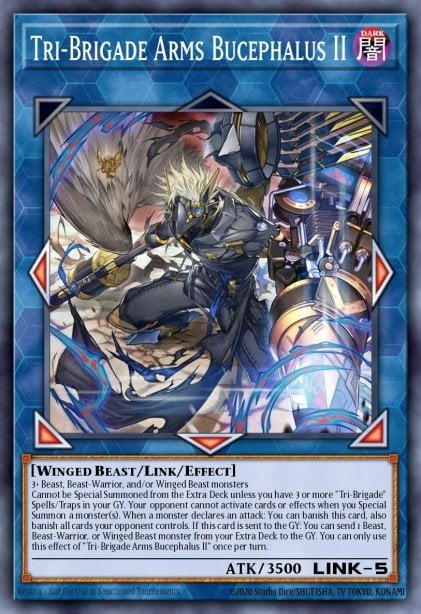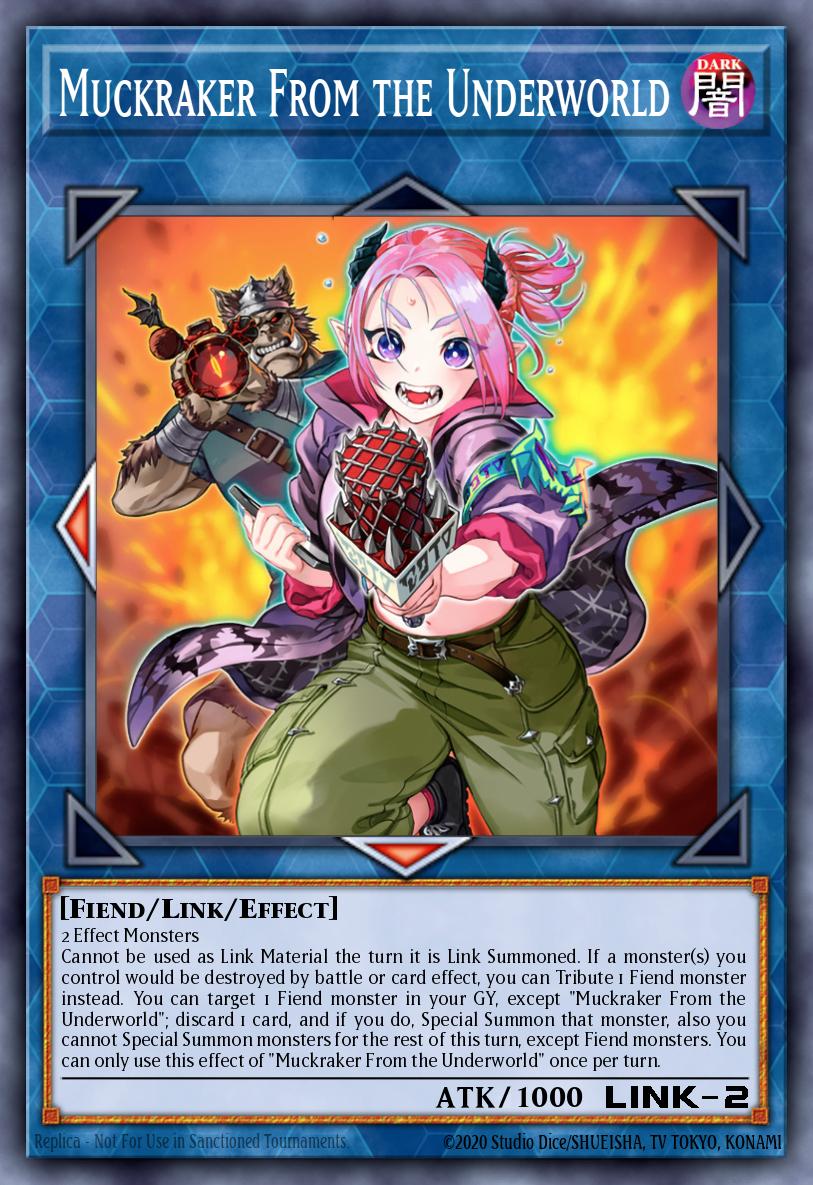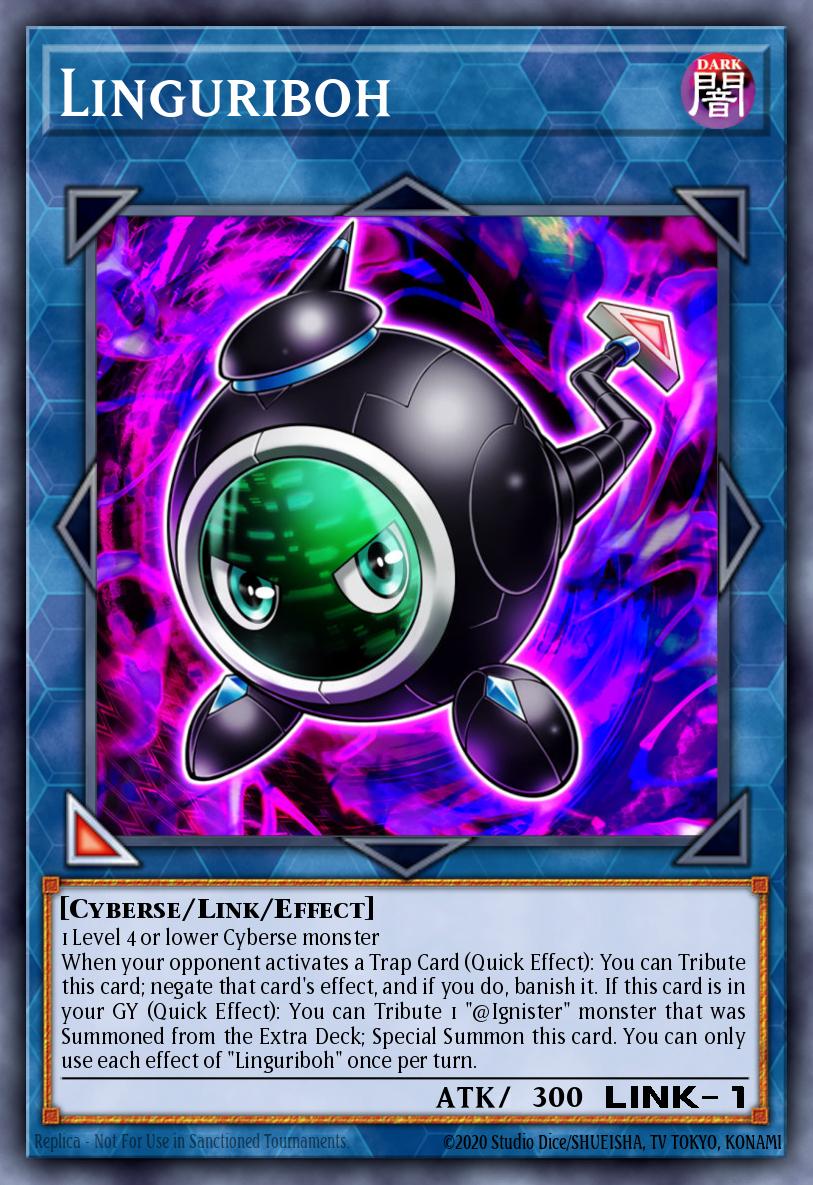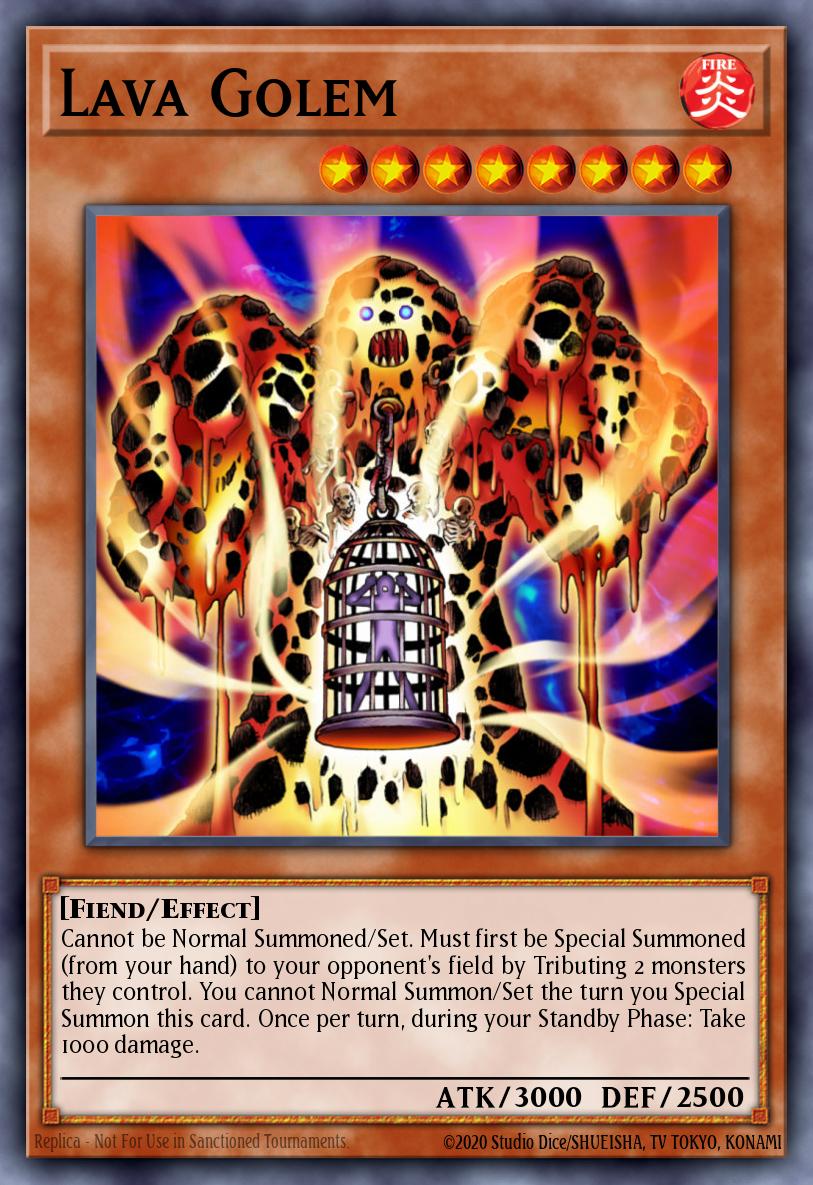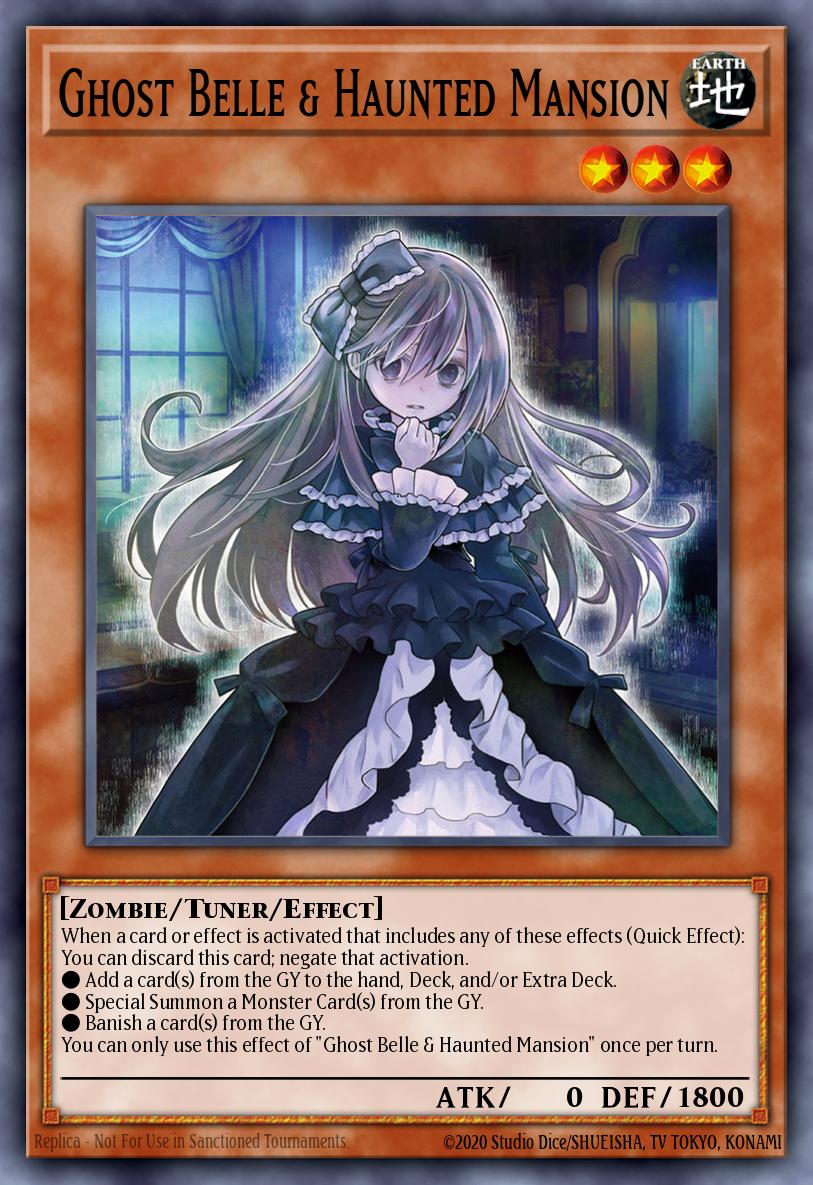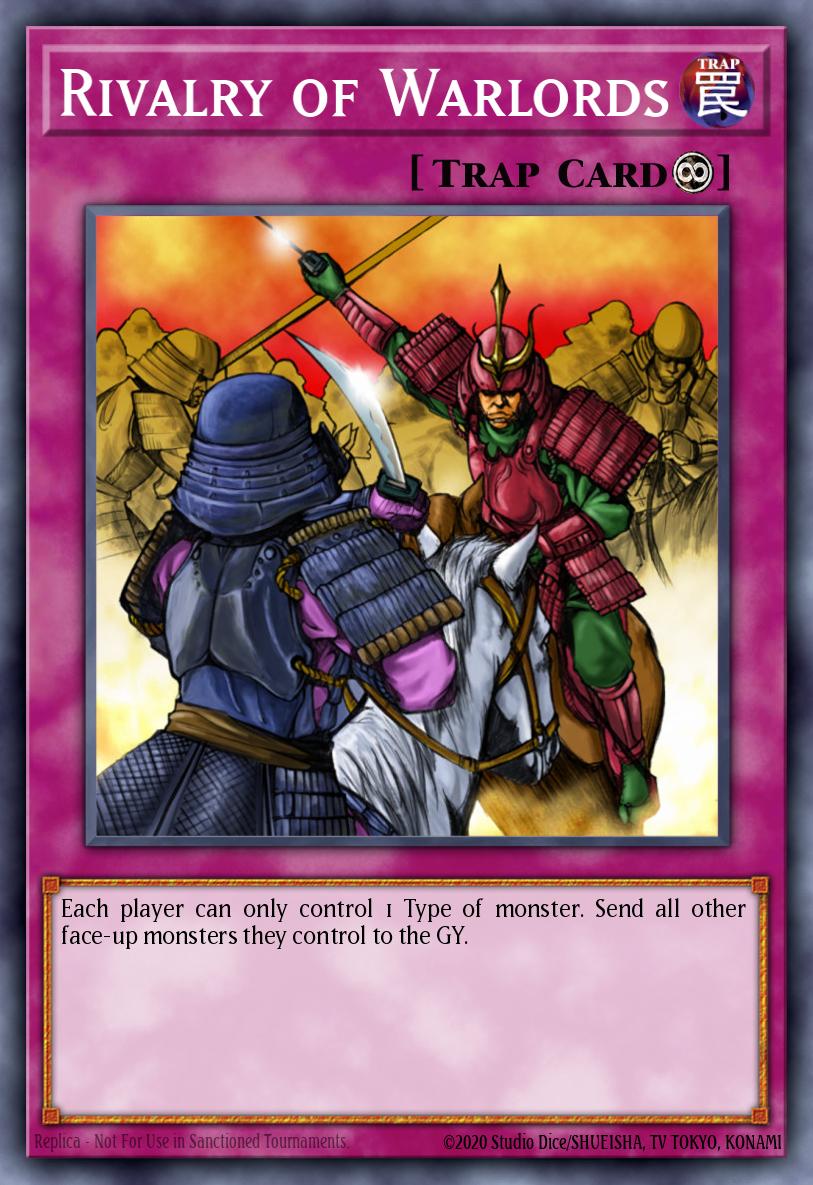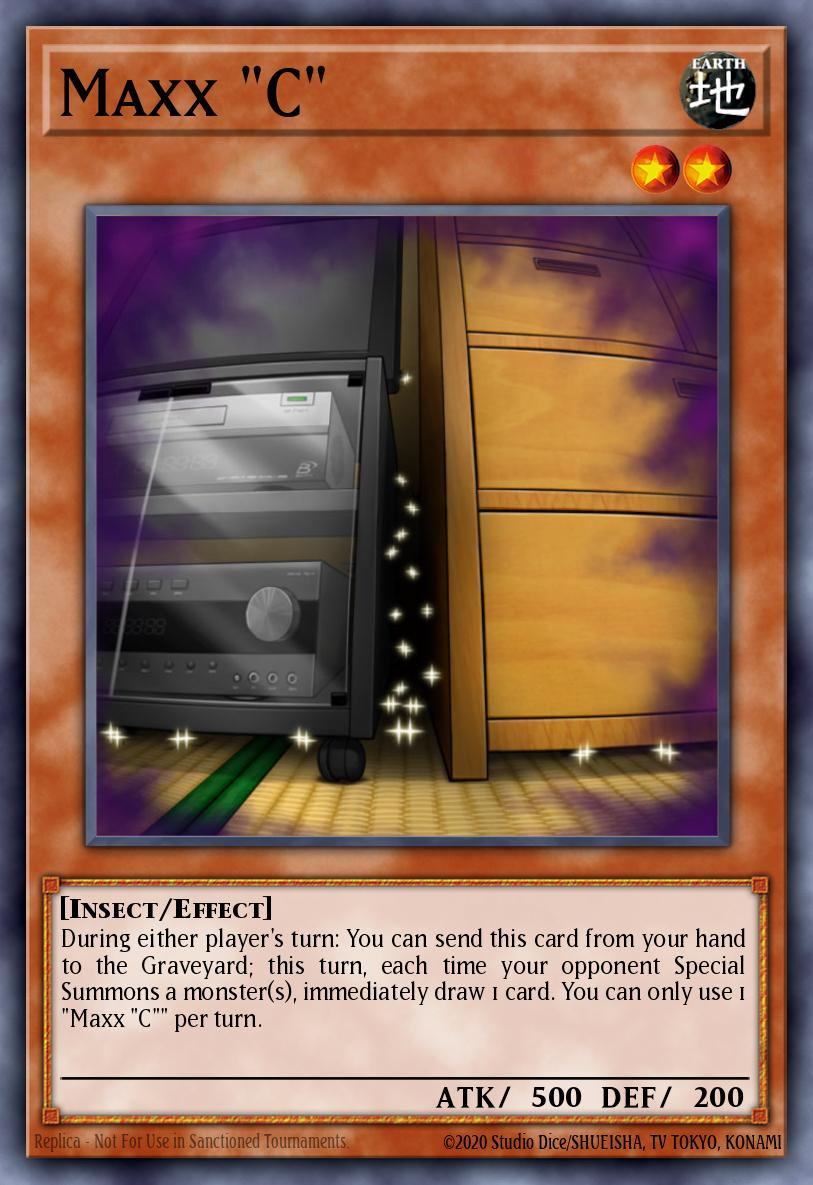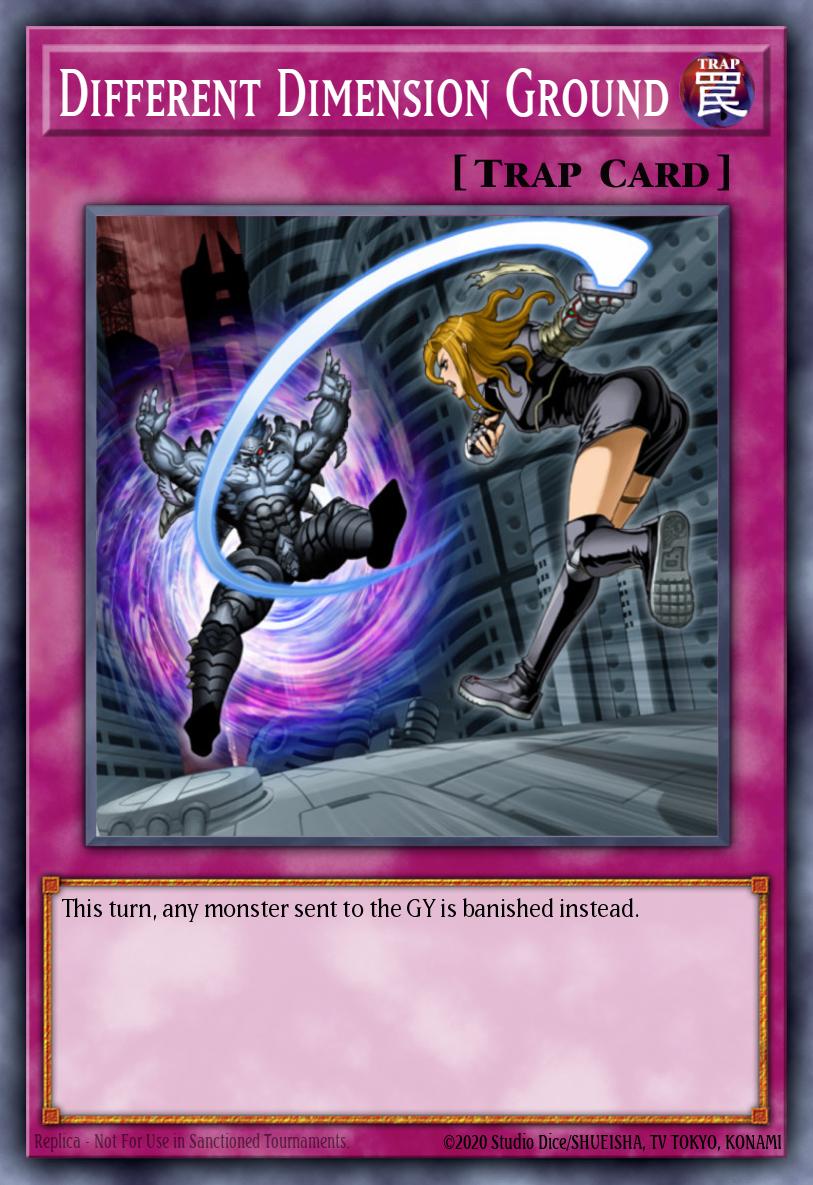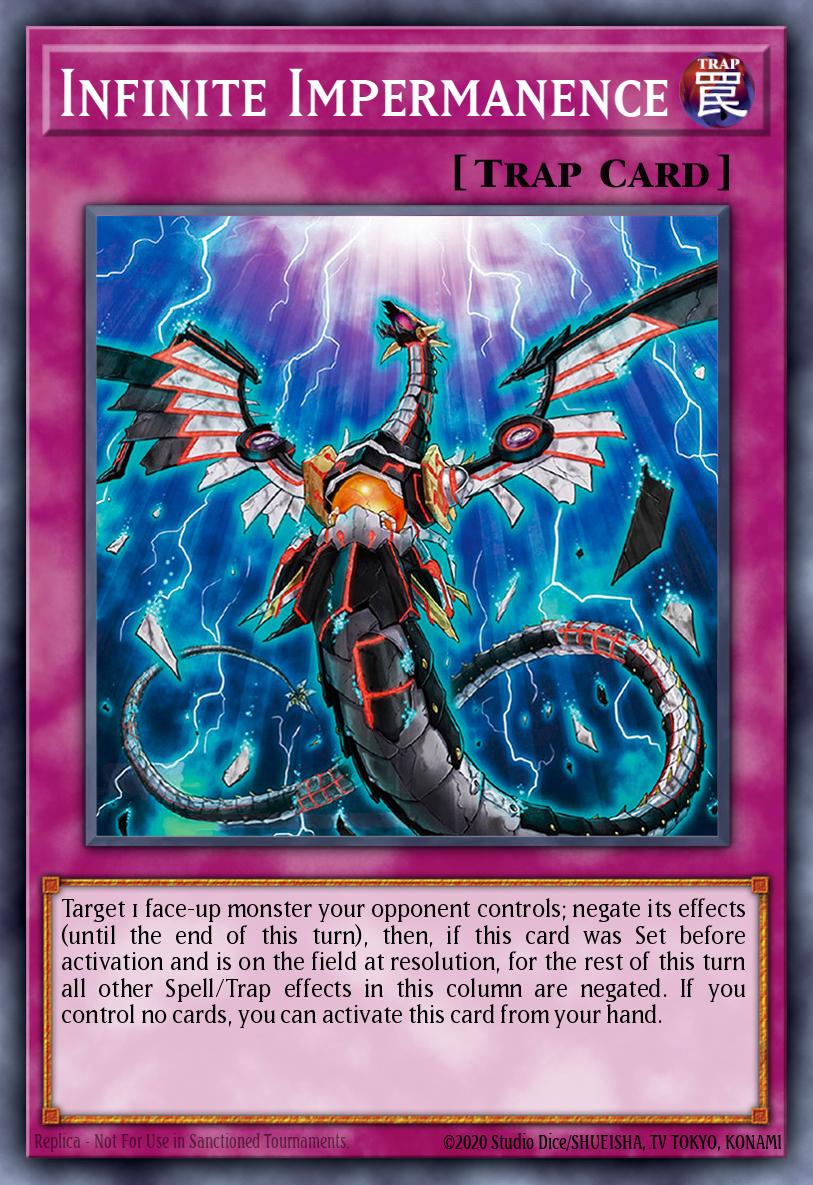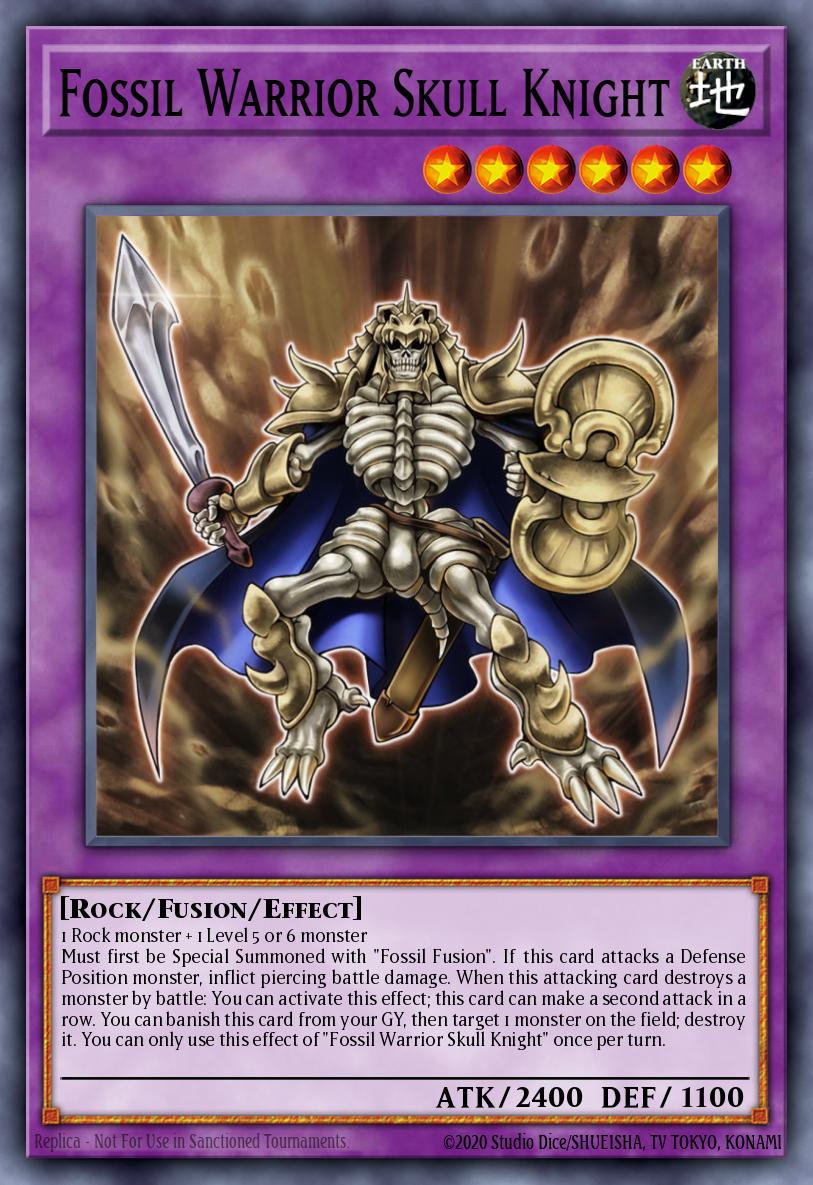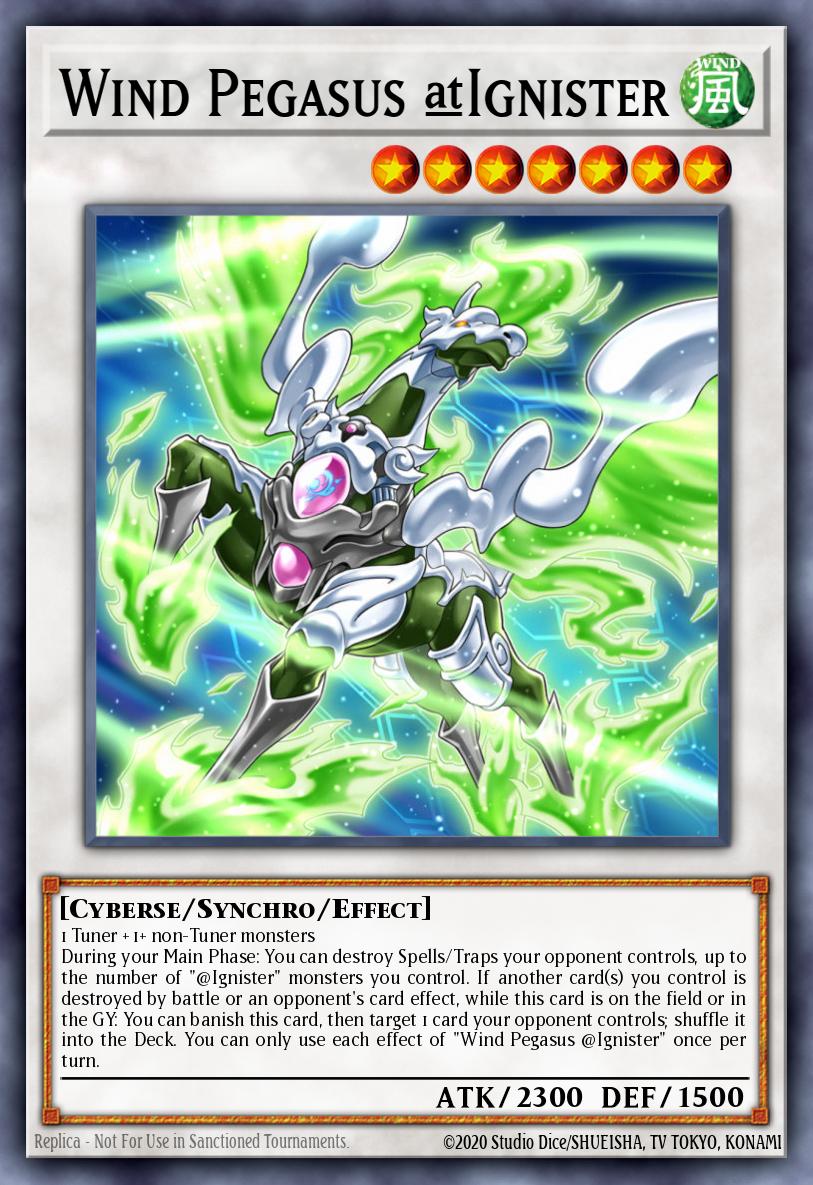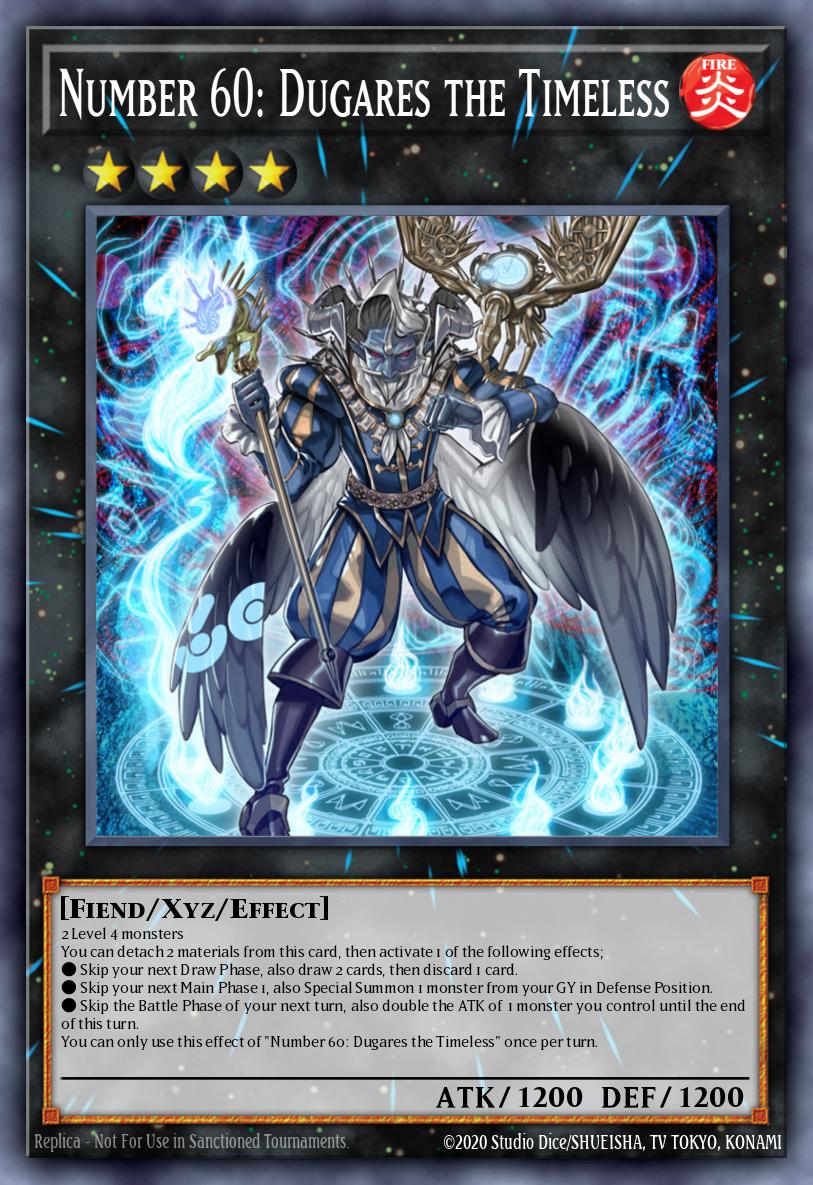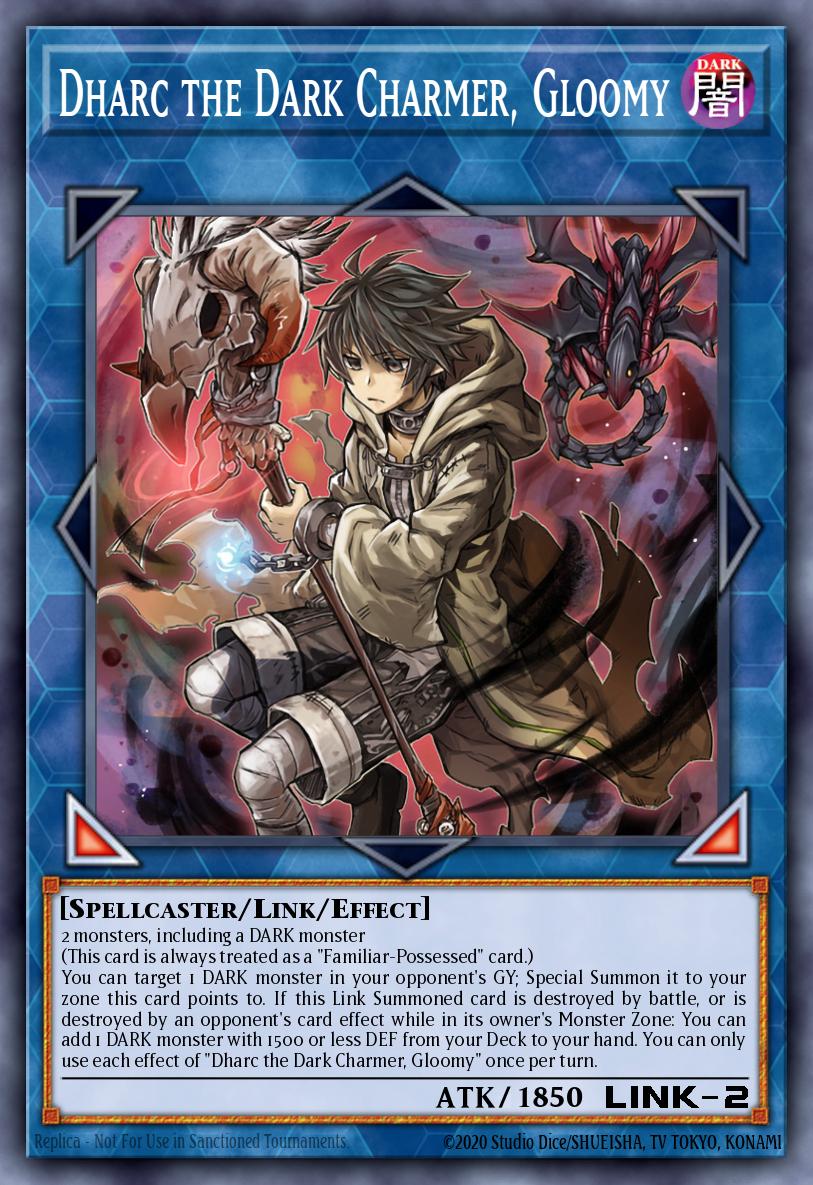Welcome to part 2 of the Lengthy Labrynth Primer. This one is going to be all about the non-engine cards to consider in your build. If you want to check out part 1 of this series, you can do so by clicking here. To save on time and space, we are going to avoid looking at things that are generic staples (I did not forget things like "Evenly Matched" or "Infinite Impermanence").
- The Main Deck Monsters -
Labrynth really does not need to run any kind of sub-engine to support itself. As a toolbox deck, it wants to fill space with normal trap cards that it can pull for whatever situation it needs. The Furniture-heavy build of the deck will typically play many hand traps to help disrupt while trying to setup on an opponent’s turn, but what hand traps can differ depending on the metagame or what you expect to face.
However, there are a few monsters worth looking at.
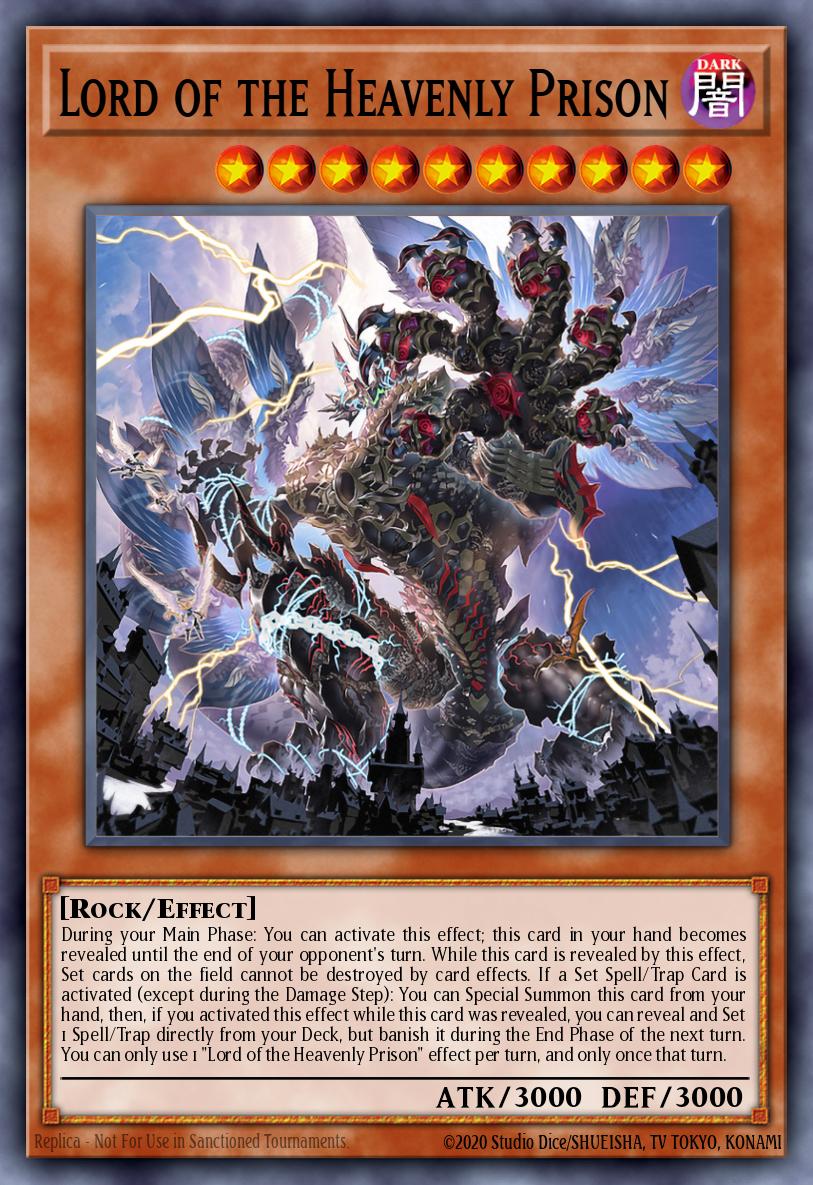
“Lord of the Heavenly Prison” is an honorary Labrynth card with how well it supports the archetype. As a level 10 3000/3000 monster, it has comparable stats to that of Lady, making it an effective beatstick. Lord also comes with 2 distinct effects, but only 1 of them can be used each turn. The first, allows the player to reveal Lord in their hand until the end of their opponent’s next turn. While revealed, Lord prevents the destruction of all set cards on the field. This effect applies to both player’s boards, so your opponent’s set cards will also be protected. Lord’s second effect allows you to special summon it from hand if a set Spell or Trap card is activated. Then, if Lord was revealed via his first effect, he lets you set any spell or trap card from your deck, but it’s banished at the end of the next turn. You’re only able to use 1 of Lord’s effects each turn.
Lord not only lets you dodge S/T removal against going second decks, but gives you a chance to recover if your opponent happens to negate either Welcome Trap with say, Ash Blossom & Joyous Spring or Ghost Belle & Haunted Mansion. The set card effect doesn’t have to resolve, just activate. Lord also gives OTK potential, as he can be summoned, even if not revealed - you just don’t get to set a card from deck.
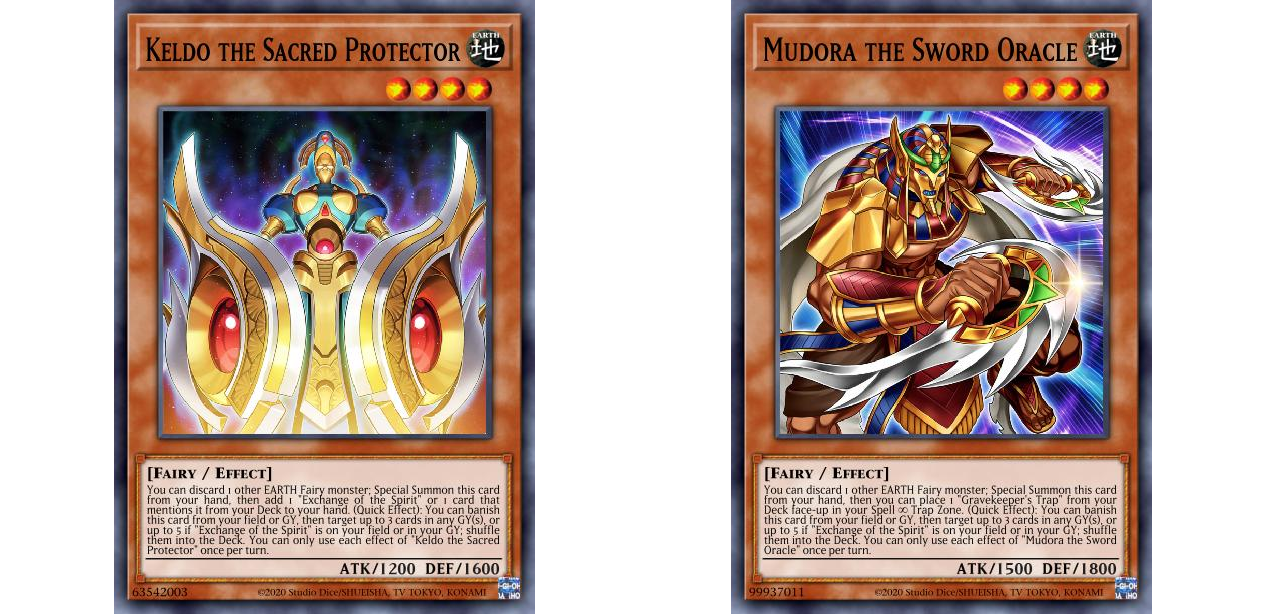
The Ishizu shufflers are kind of odd tech choices, but they work well in Labrynth since they can be discarded by Labrynth Stovie Torbie or Labrynth Chandraglier. They’ve been prevalent in the OCG, but that’s mostly because Tearlaments still exists as a deck in that format. That said, they do have uses in the TCG as well. Is a Runick player trying to draw 3 off Runick Fountain? Shuffle them back so they get nothing. Did Branded Fusion resolve with them going into Albion or Lubellion? Shuffle everything back and end their turn or force a sub-optimal play. Fighting a mirror match? It sure would be rude to shuffle a Big Welcome Labrynth, Welcome Labrynth, or furniture card back into the deck to slow down their recovery and interruptions. Remember that discarding these cards with the furniture is a cost, so you can shotgun Stovie with Mudora the Sword Oracle once you see the Lubellion hit the field and then immediately chain to Stovie with the Mudora now in grave.
- The Extra Deck Monsters -
The Extra Deck is not important for Labrynth. You can do just about whatever you want with it, and you’ll probably be fine. The most common usage of it is to fill it with targets for either “Dogmatika Punishment” or “Super Polymerization.” There are two extra deck monsters worth mentioning, though: “Chaos Angel” and “Muckraker from the Underworld.”
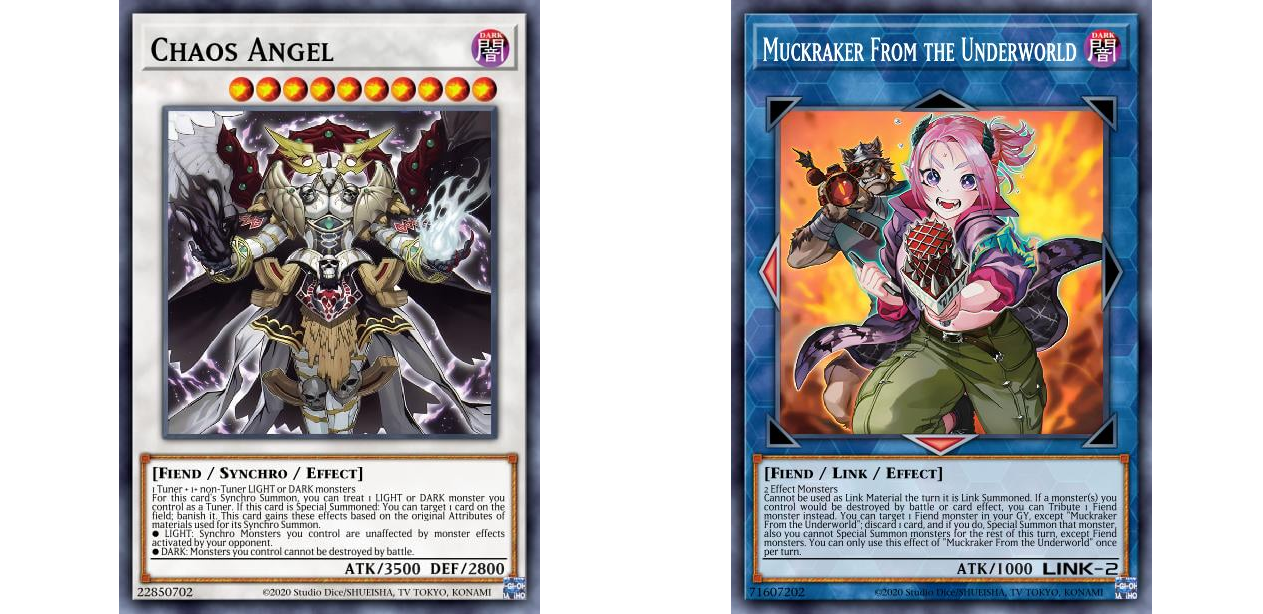
Chaos Angel is a nasty 3500 attack behemoth that banishes a card when synchro summoned. He can also be synchro summoned with any light or dark monster, tuner status notwithstanding. Labrynth can do this easily with either Lady or Lovely and a Stovie, all of which are easy to get onto the field through regular play. Muckraker is a bit more situational, but she can act as a Monster Reborn for the deck, and get back a Lovely that may have accidentally found her way into the graveyard instead of the field. Her protection effect can also help a lot when going first against decks like Runick, giving Lovely at least 1 extra barrier of protection against “Runick Flashing Fire.”
- The Spells -
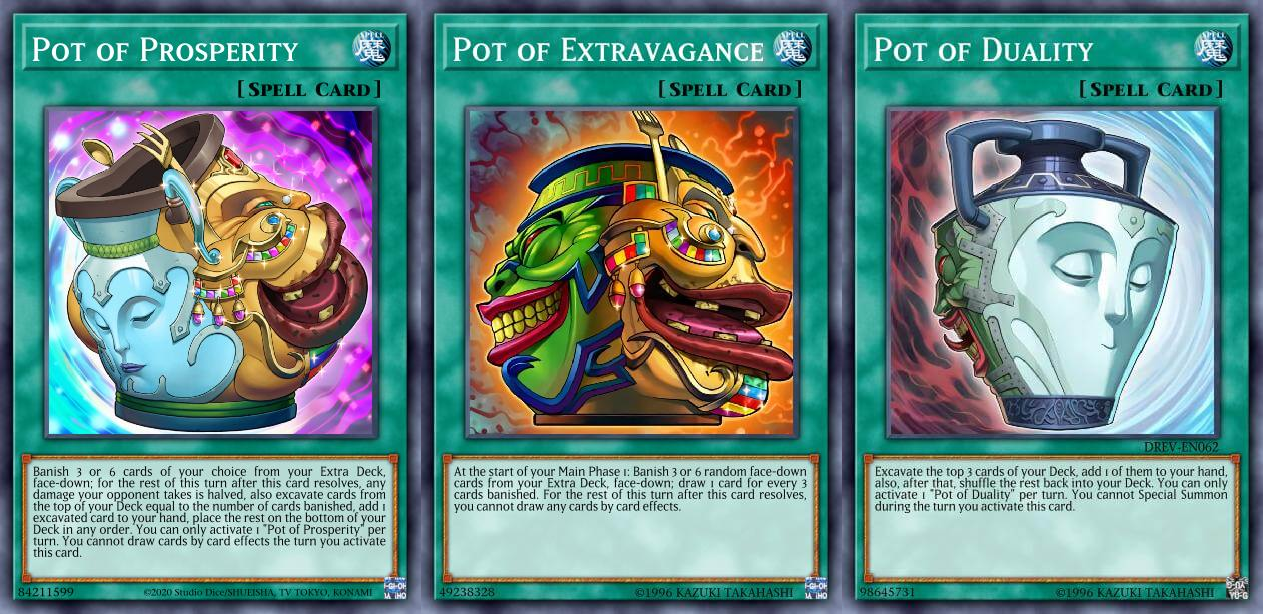
Spell count in Labrynth tends to be low outside of consistency boosters. The best option is likely going to be “Pot of Prosperity,” as digging 6 cards deep for a specific trap or monster is almost always going to be better than any other option. Sending 6 from the extra deck is also a very small price to pay for a deck that almost never goes into the extra. If budget is a concern, “Pot of Extravagance” can work just as well, but runs the risk of turning off other key extra deck cards like “Super Polymerization” or “Dogmatika Punishment.” Lastly, "Pot of Duality" is a good secondary draw spell since it technically does not draw, but excavates and adds. It allows for further digging while bypassing the “no drawing allowed” conditions on Prosperity and Extravagance.
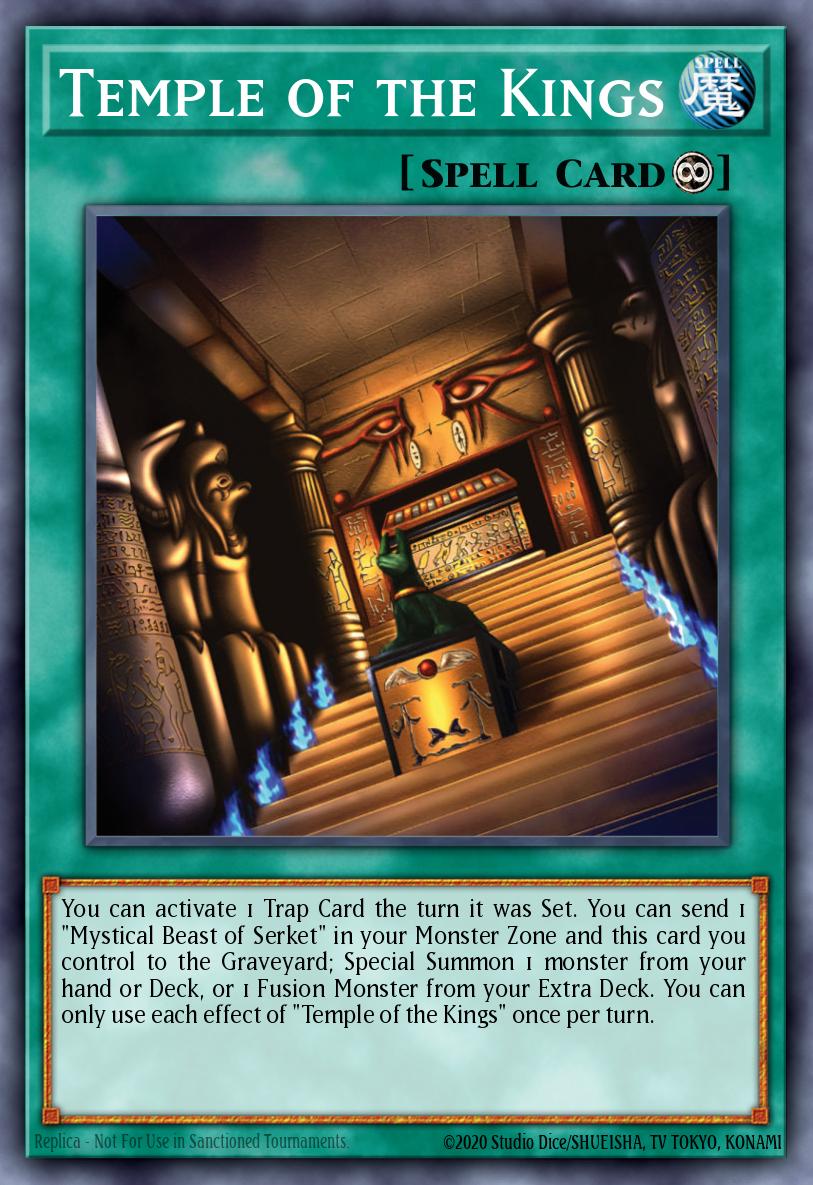
One final spell I want to talk about is “Temple of the Kings.” It is more of a tech choice than a staple, but is interesting enough that it is worth bringing up. There’s a lot of text on Temple, but the only text that matters for Labrynth is “You can activate 1 trap card the turn it was Set,” effectively giving a permanent Cooclock effect on both player's turns. The downside to this is that Temple has to be drawn into since there’s no way to search it, and its utility relies almost entirely on having an already established board. Temple saw a very small amount of success in the OCG, but has since fallen off, and pretty much never took off in the TCG. It is a cool card, but there are probably better things that could go in its place if you want something spicy for locals, it is worth trying at least once.
- The Field Control Traps -
Considering there are well over 1000 normal trap cards currently in the game, we’re only going to focus on the prominent ones being run, and a few tech options, or else this guide could easily go for another 4 years at minimum.
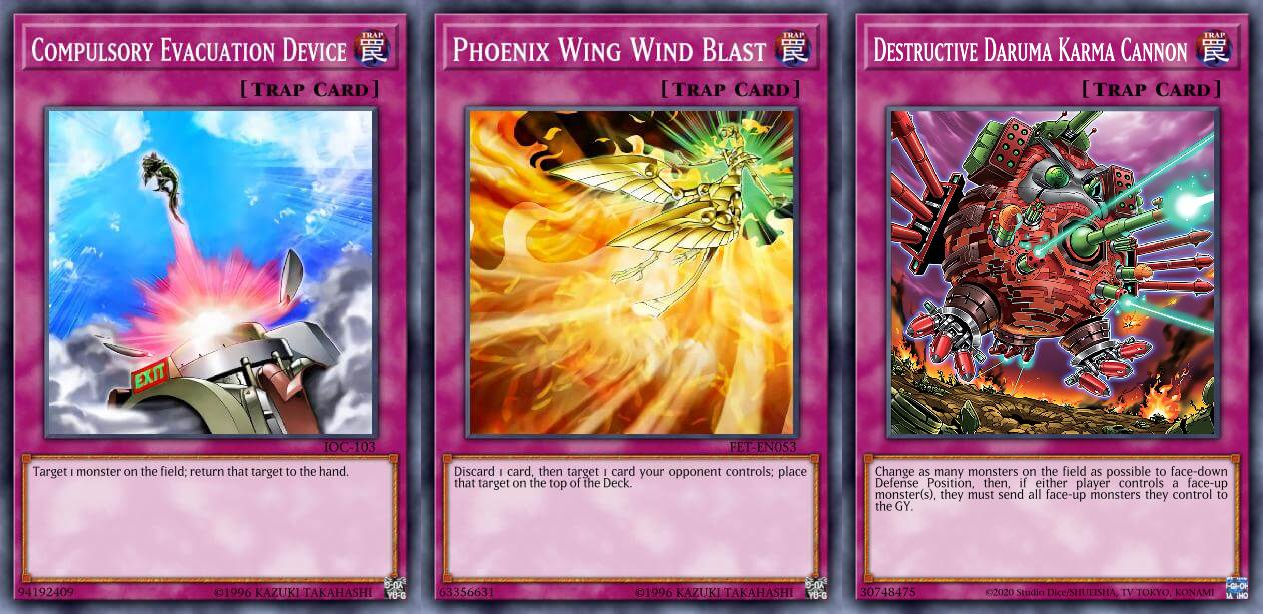
“Compulsory Evacuation Device” is classic trap from Invasion of Chaos that lets its user target and return a monster on the field to its owner’s hand. It lets you get rid of pesky extra deck threats, protect your own Labrynth monsters from destruction or negation, and lets your Labyrinth monsters’ effects resolve while under “Skill Drain.” It is the most simple and straight forward way to to trigger your Furniture and Welcome effects in grave, and Lovely on the field.
“Pheonix Wing Wind Blast” serves a similar function to Compulsory, but can only target an opponent’s cards. The tradeoff is that you can target ANY card on their field, including field spells, or pesky continuous backrow. The card is also returned to the top of the deck instead of going to hand, potentially choking an opponent out of their next turn if they don’t have a way to keep searching. Wind Blast also requires the player to discard a card for cost, so it is a solid option for Labrynth decks running Cooclock to trigger its recursion effect.
“Destructive Daruma Karma Cannon” is an insane trap card that gives Labrynth a way to fight against immune boss monsters like “Psychic End Punisher” and “Expurrely Noir.” It works much the same way “Herald of the Abyss” does, in forcing the controller of the card to send the monster to the graveyard, rather than the effect of the card sending the monster. Anything that does not get sent to the grave is flipped facedown, potentially ending turns for non-fusion decks.
- The Hand Control Traps -
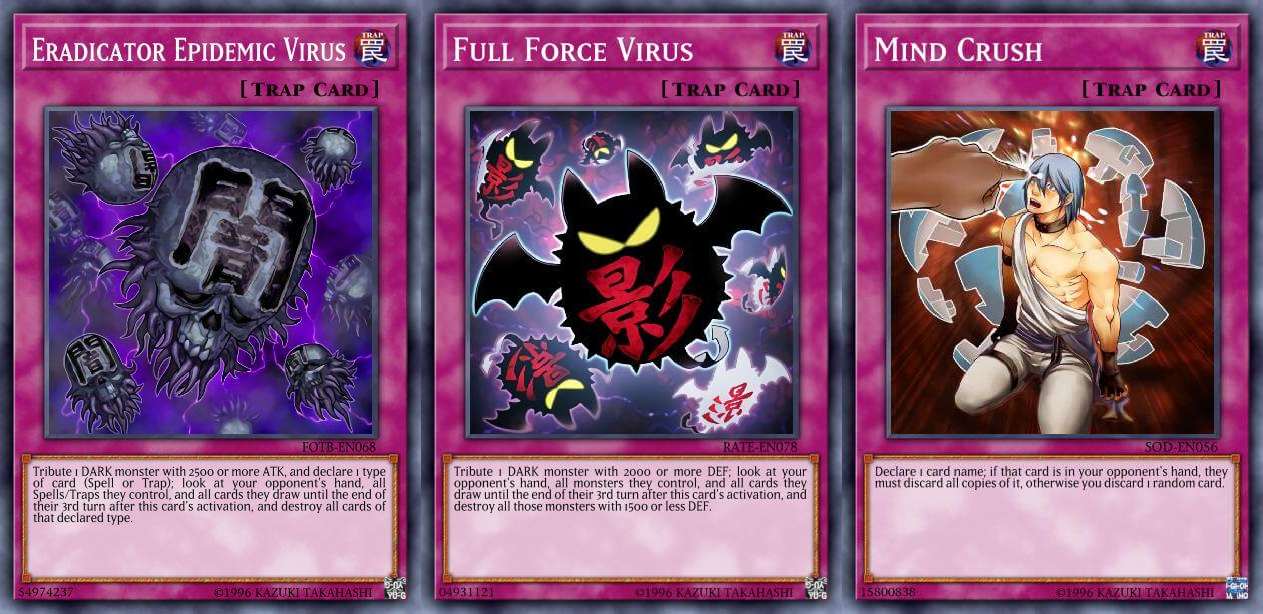
“Eradicator Epidemic Virus” is a pretty controversial card that has led to multiple Labrynth blowouts on YCS streams. For the cost of a single Lovely or Lady, you get to look at an opponent’s hand, field, and every card they draw for the next three turns, and destroy them if they are either a spell or a trap (depending on what card type you called). Yu-Gi-Oh! being such a spell-heavy game now means you can cripple an opponent’s entire opening play if they don’t have monster effects that can keep their plays going. “Full Force Virus” serves a similar purpose, but it is mostly for bullying out Spright decks and rouge options with weaker main deck monsters. Feel free to interchange it with "Deck Devastation Virus."
And the final hand destruction card in Labrynth is “Mind Crush.” I feel like there’s not much to say here. Your opponent searches out a key card that is not a quickplay or has a quick effect, on resolution you flip "Mind Crush" and call that card's name and then get rid of it. The downside to Mind Crush is that you don’t get to see your opponent’s hand, so it is reliant on trust…. but it is hard for them to lie if you know they are holding the card you called. It is a gimmicky inclusion, as it doesn't give the full benefits that the Viruses do, mostly hand knowledge, but it can be a turn ender against decks that rely on a single specific card (like Branded).
- Using the Extra Deck -
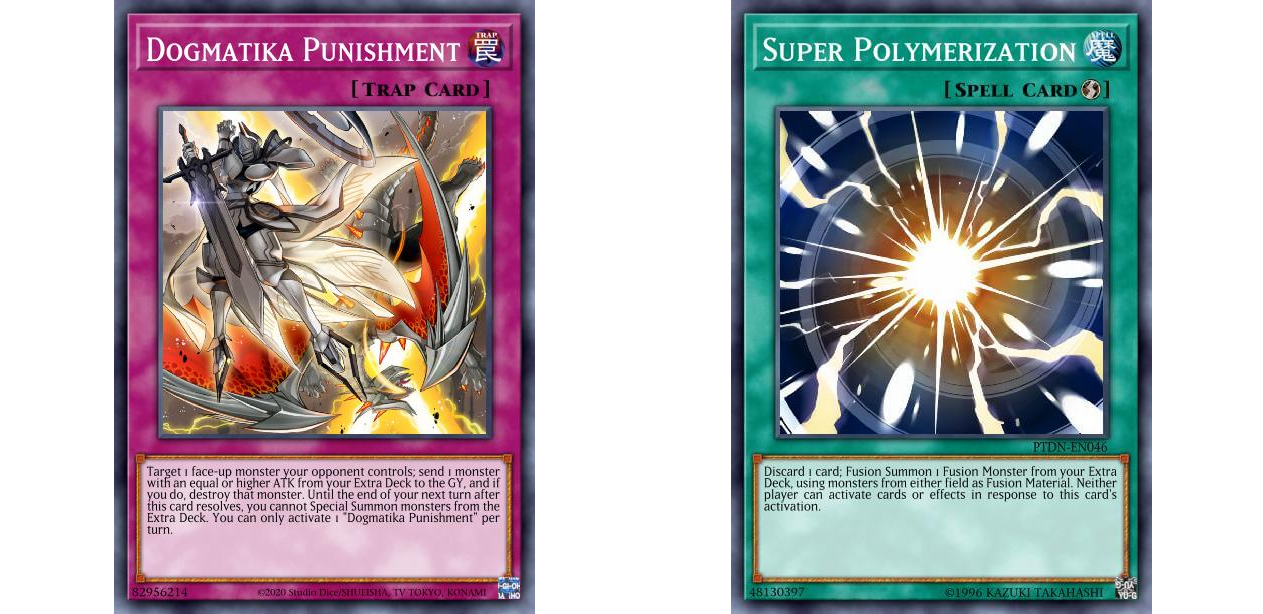
“Dogmatika Punishment” and “Super Polymerization” get a combined section, as they both serve similar purposes: making use of all the spare extra deck slots Labyrinth has. Punishment will feel a bit more at home here, being a normal trap, and also has a lot more options for Extra Deck techs. Super Poly outs are pretty well known by now, and can change around depending on the meta, but the generic ones are going to be “Mudragon of the Swamp” and “Garura, Wings of Resonant Life.” Some of the options to consider if you want Punishment are:
“Tri-Brigade Arms Buchephalus II” and “Garura, Wings of Resonant Life” as Arms has high enough attack to destroy just about any boss monster in the game, and can then send Garura to the grave to give you a draw
“Mereologic Aggregator” to give a way to negate the effects of problematic floodgates, field spells, or destruction-immune monsters to blank them for the turn. Aggregator can also target your own cards if you would like to deactivate your own “Skill Drain” for a turn to use Lovely/Lady.
“Elder Entity N’tss” to gain a second targeting destruction effect.
“Golden Cloud Beast – Malong” to bounce problematic cards on the opponent’s field back into their hands.
“Chimera, The Phantom Beast King” to give a quick-effect revival for any Labrynth monster in the Graveyard during your opponent’s turn.
- The Floodgates -
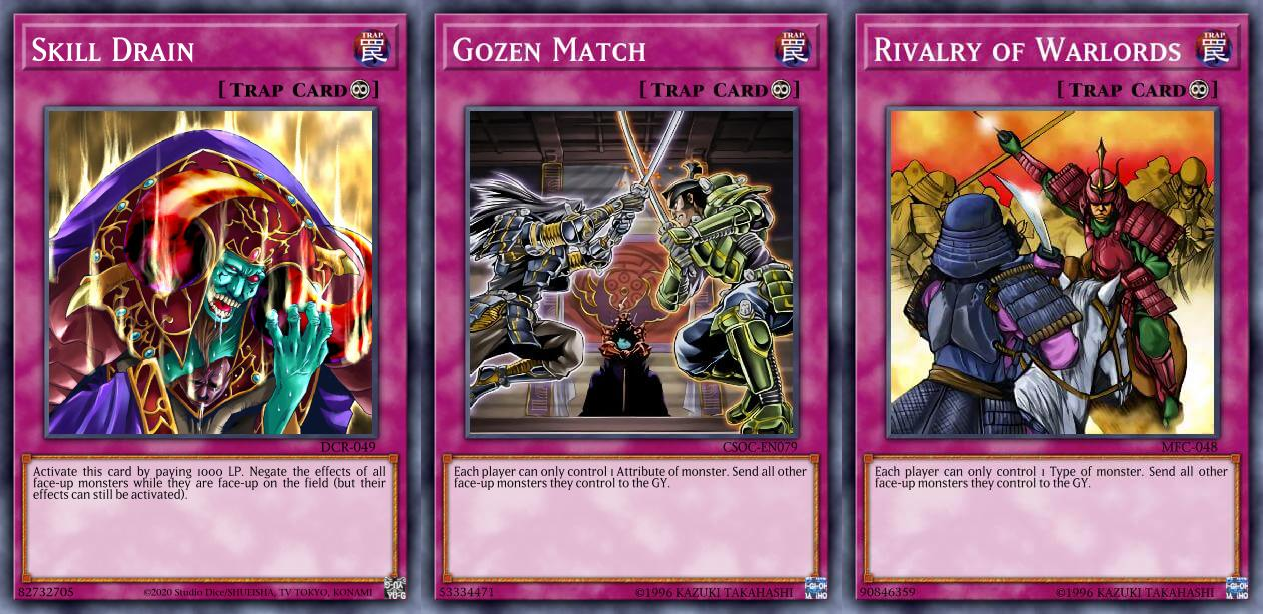
And finally, let us rip off the band-aid for the cards people hate seeing the most: the floodgates. Like any good trap deck, Labrynth is able to operate under floodgates rather easily, denying gas to its opponent while sitting comfortably behind restrictions that do not apply to them. Lady, Lovely, and Chaos Angel are all big enough that "Skill Drain" means next to nothing for them as they can just swing over any threat. “Gozen Match” and “Rivalry of Warlords” are interchangeable depending on what you expect to face, as typically one or the other will cripple any other deck.
- Conclusion and Lists -
That concludes the second part of this 3-part series. Next week's primer will focus on combos and setups to do with the deck, and how to navigate specific situations. As a closer though, I've included two example deck lists: one for the TCG and one for Master Duel. If you're not really sure where to start, then copy either of these lists and edit them around as you see fit. My favorite thing about toolbox decks like Labrynth is that they can evolve in many different ways, growing into a variety of different builds and techs. If there's a specific tech or Trap card you like running in Labrynth, or just think is interesting to consider, feel free to leave a comment about it.
